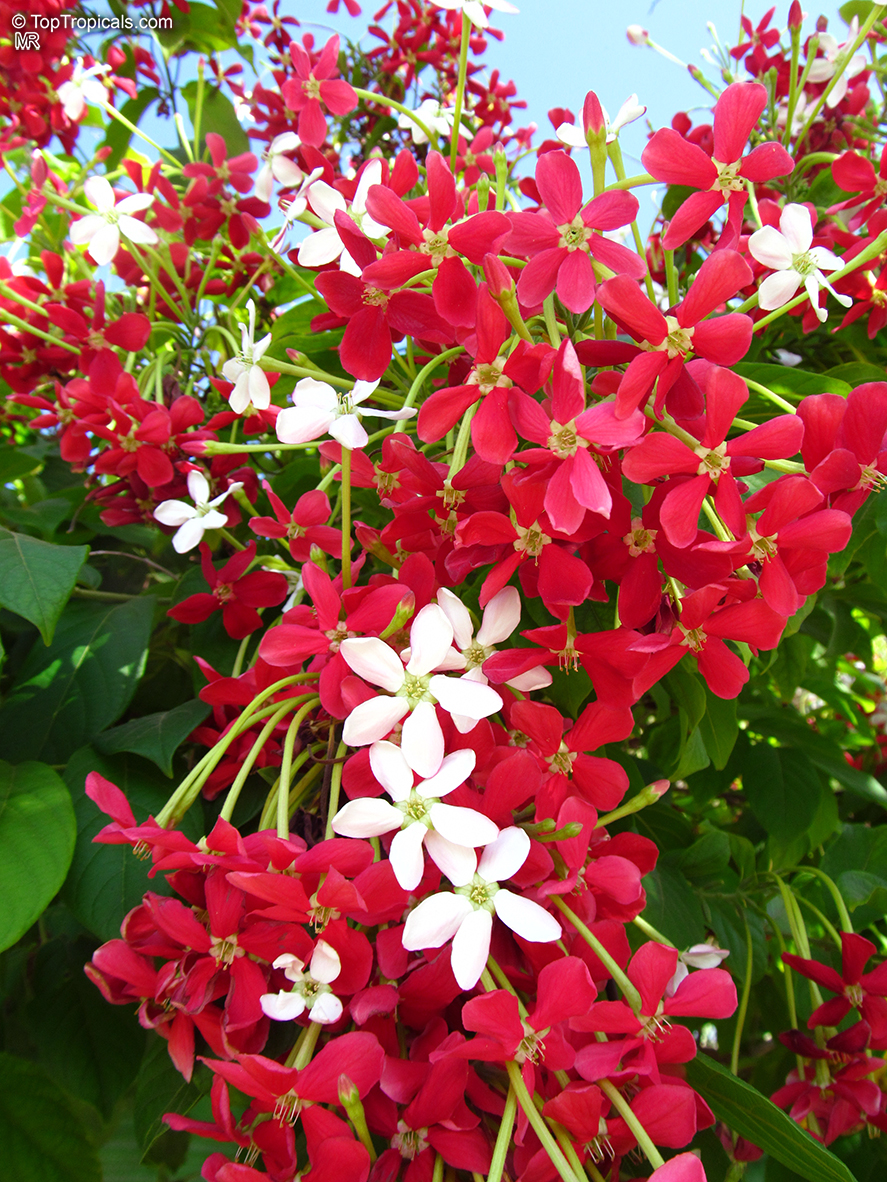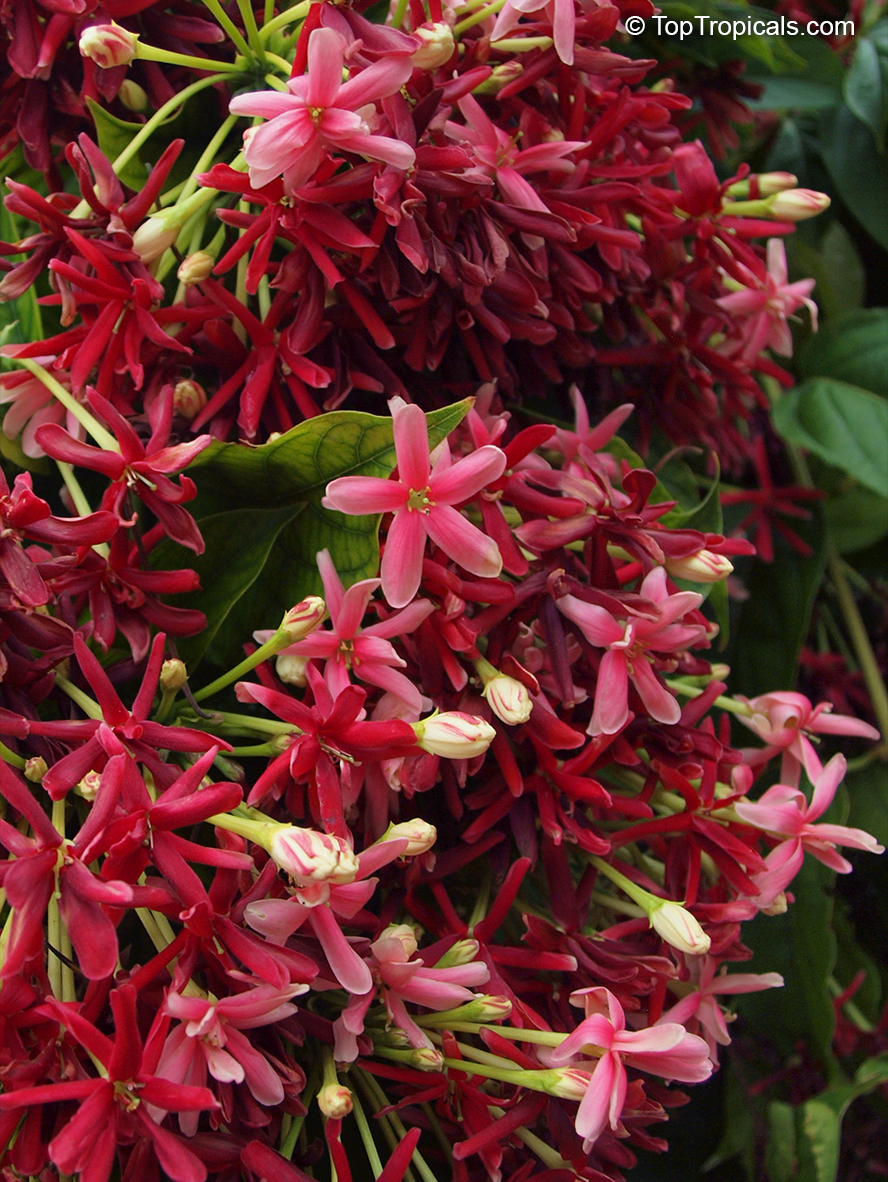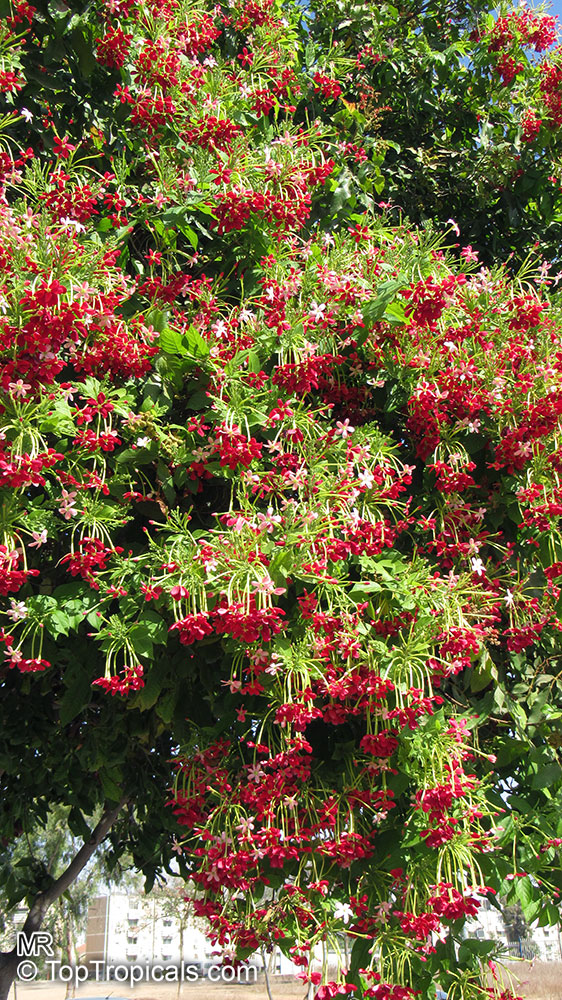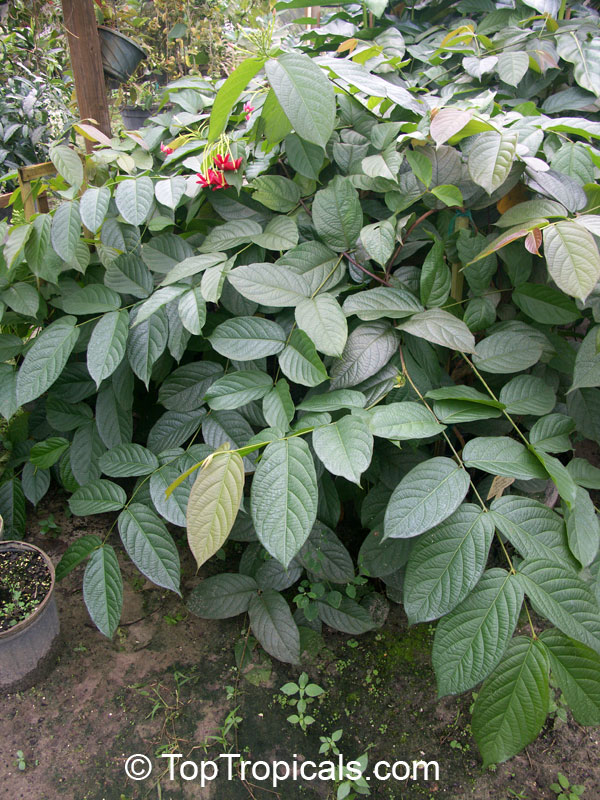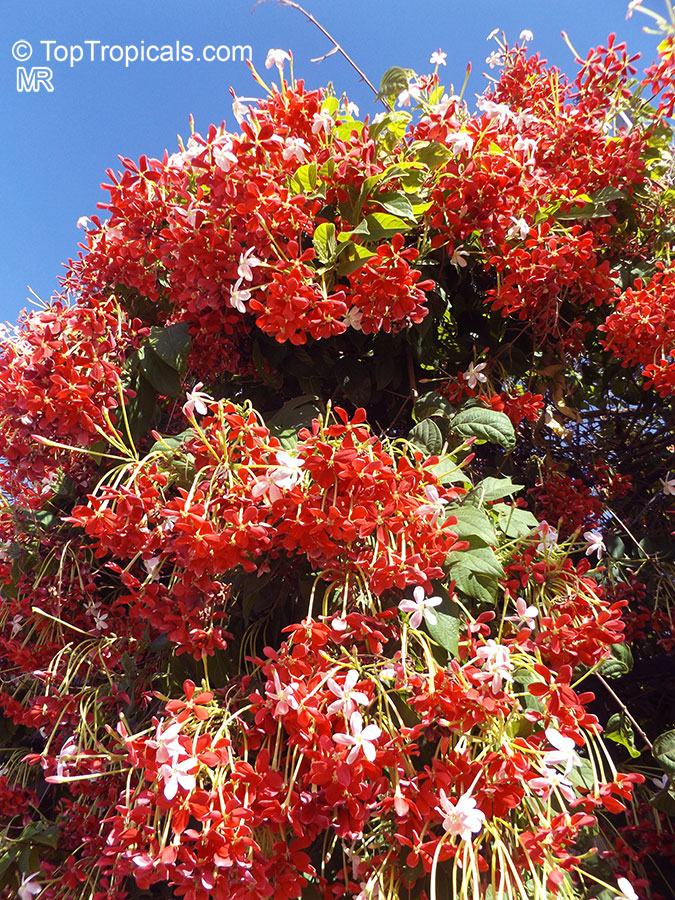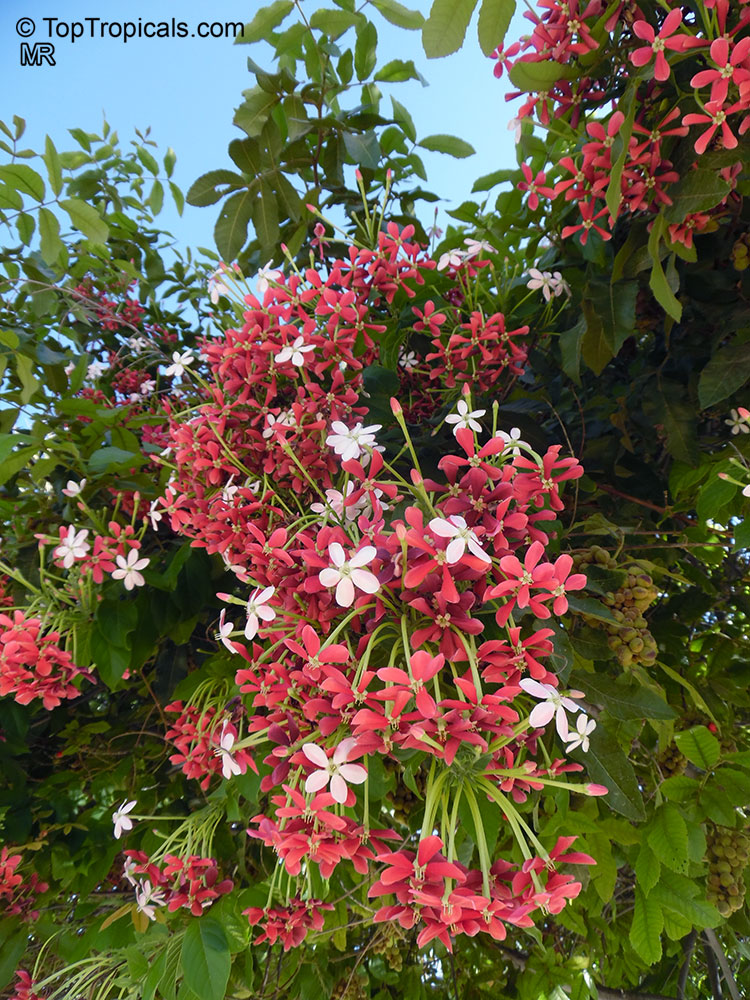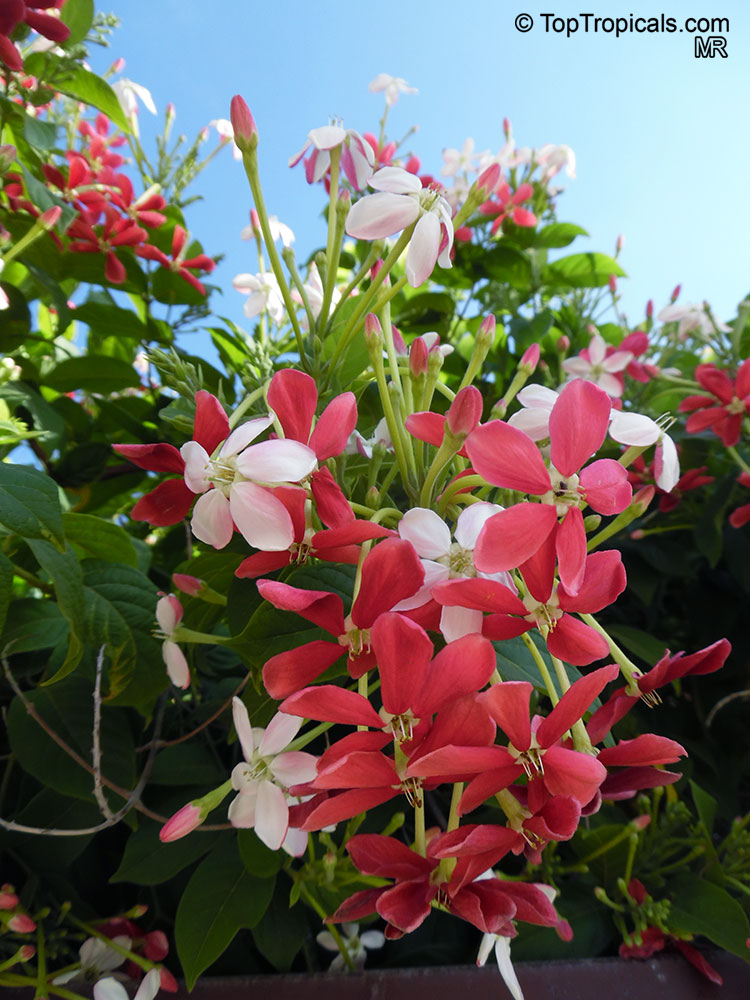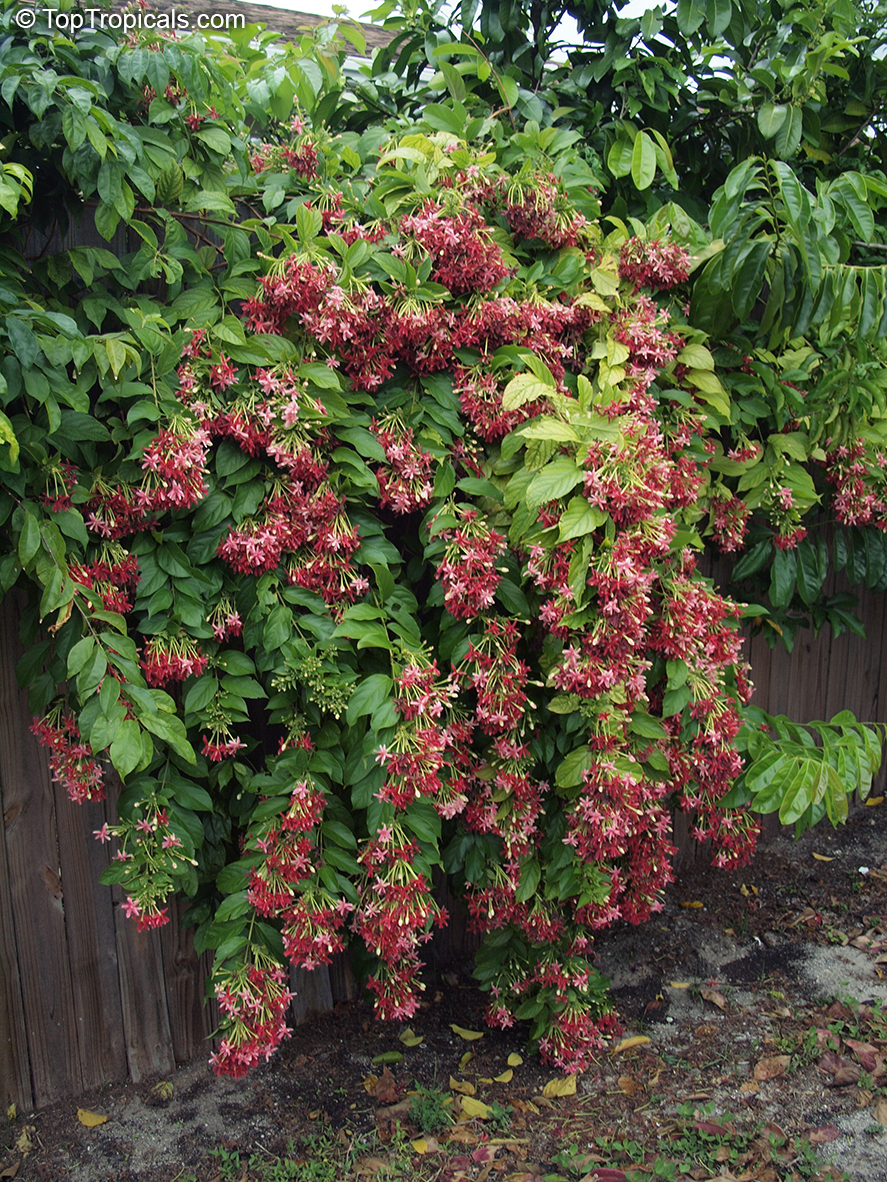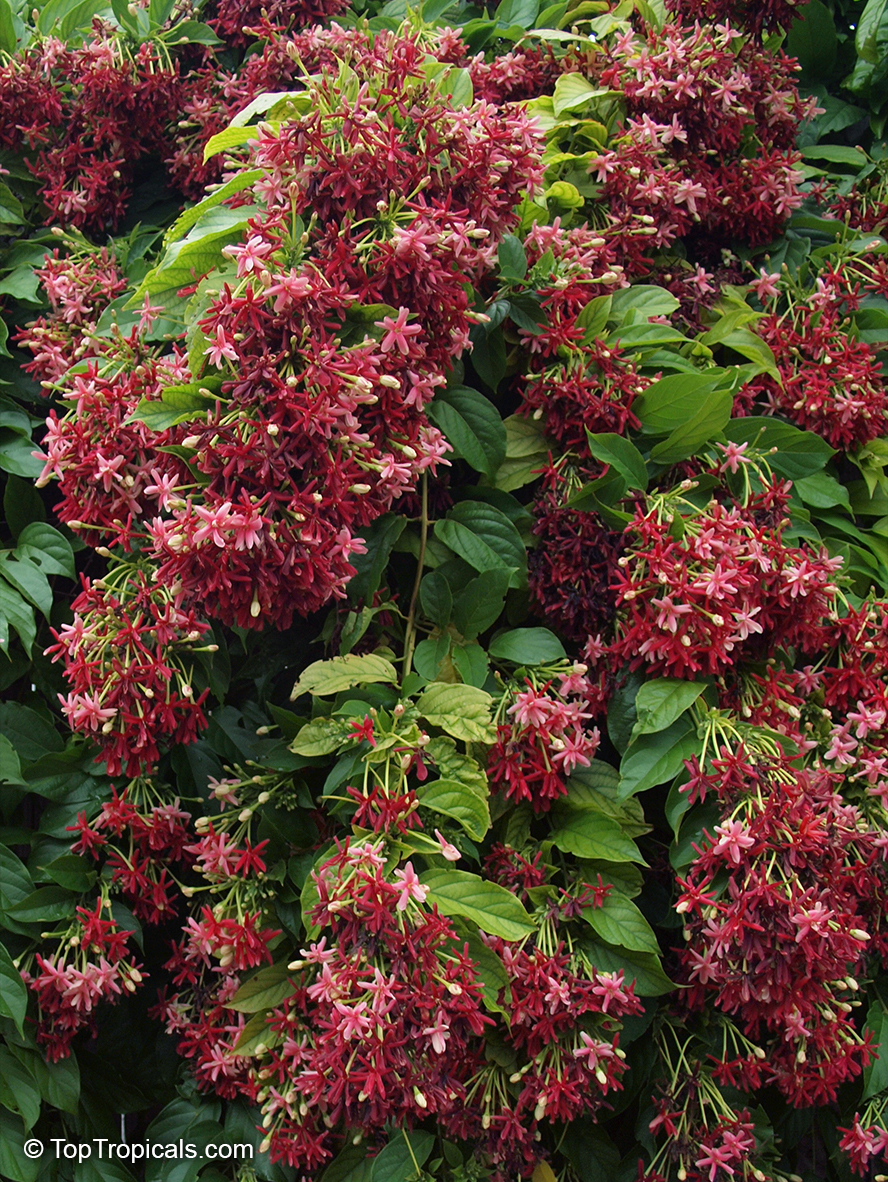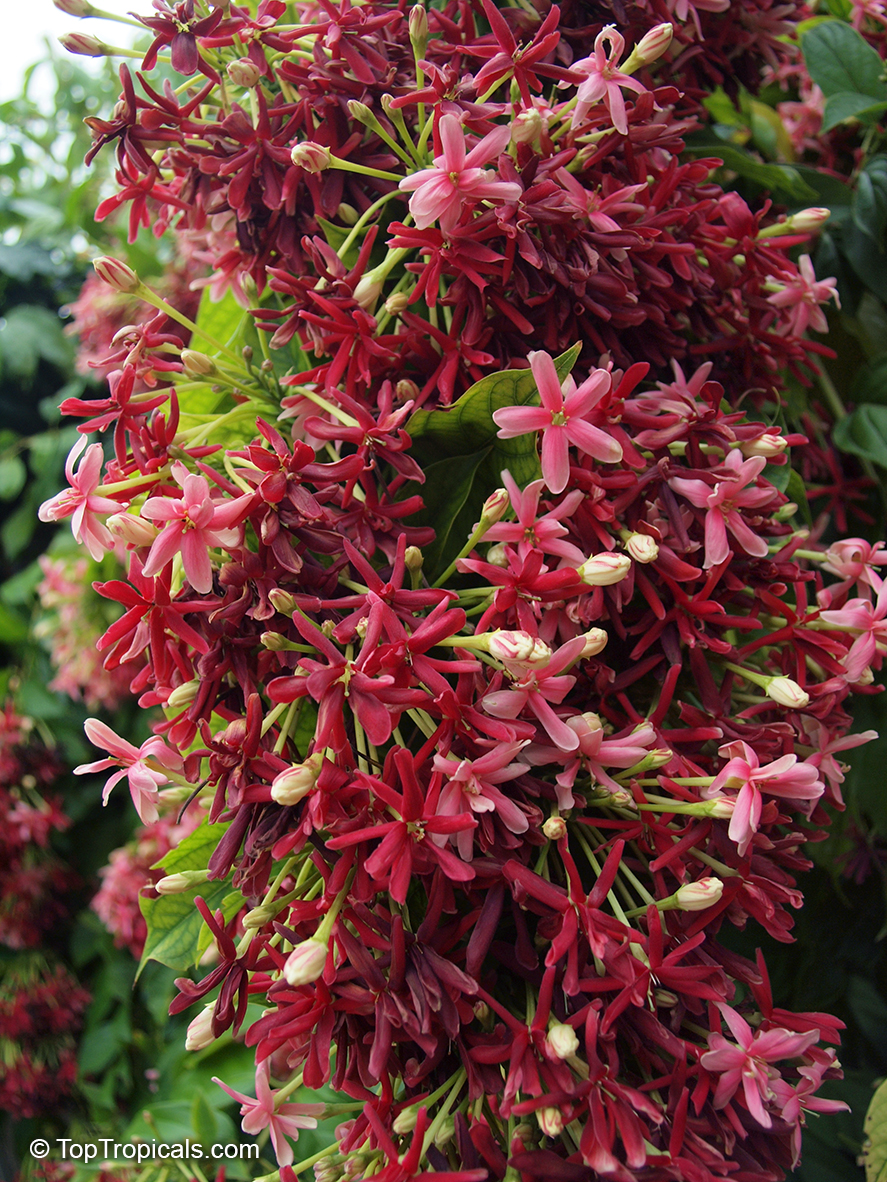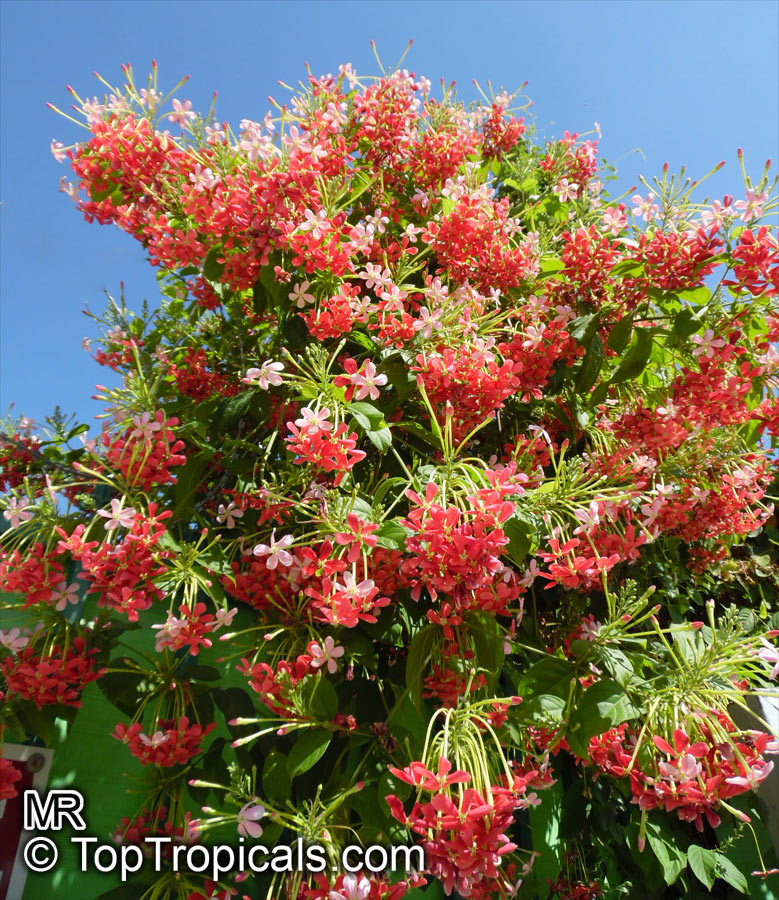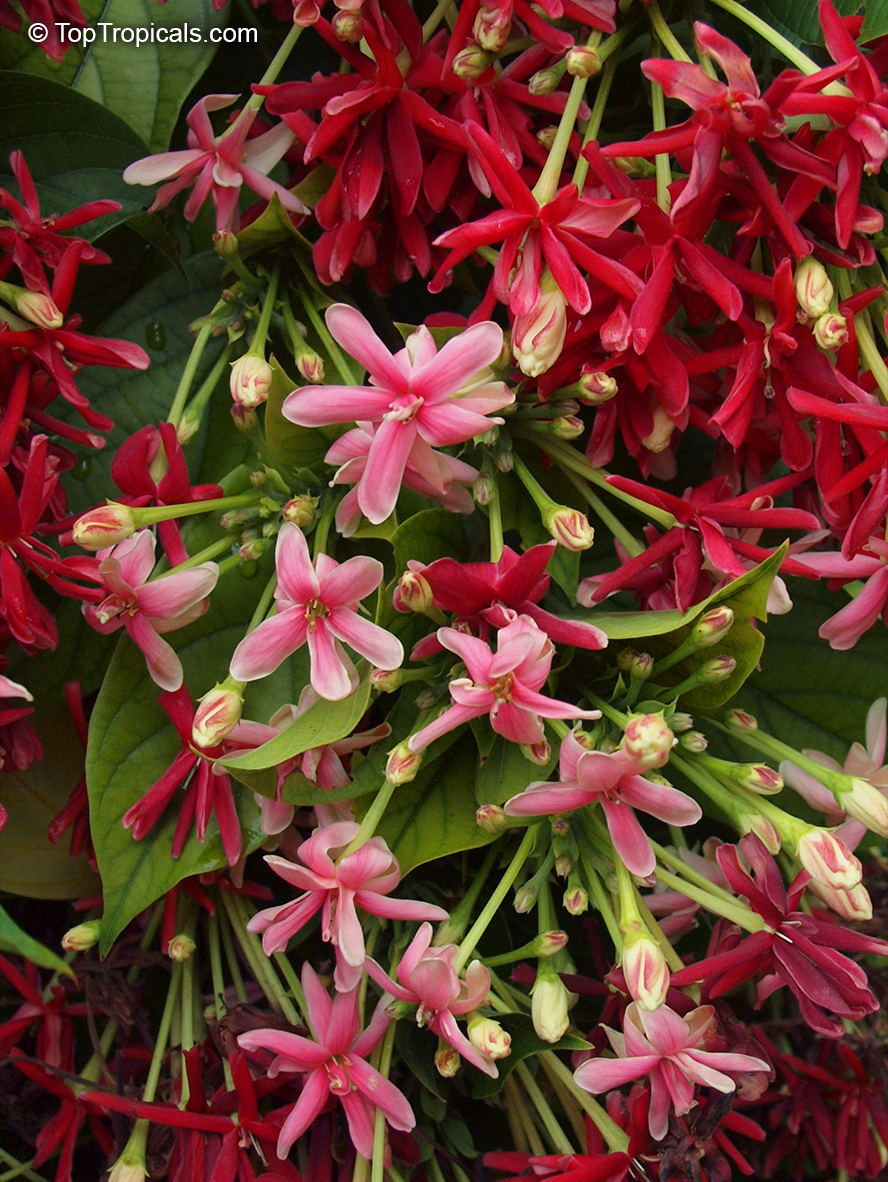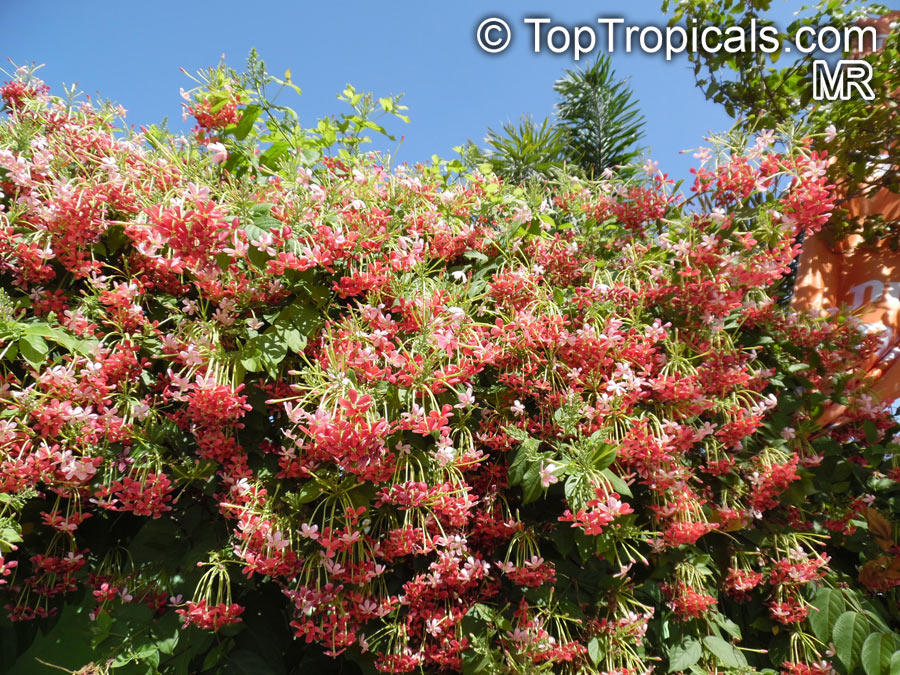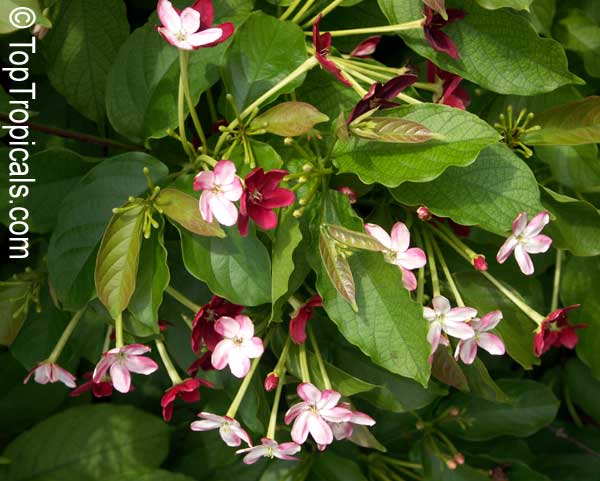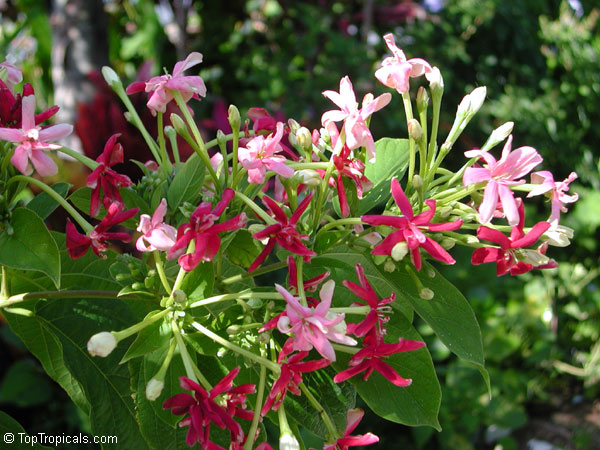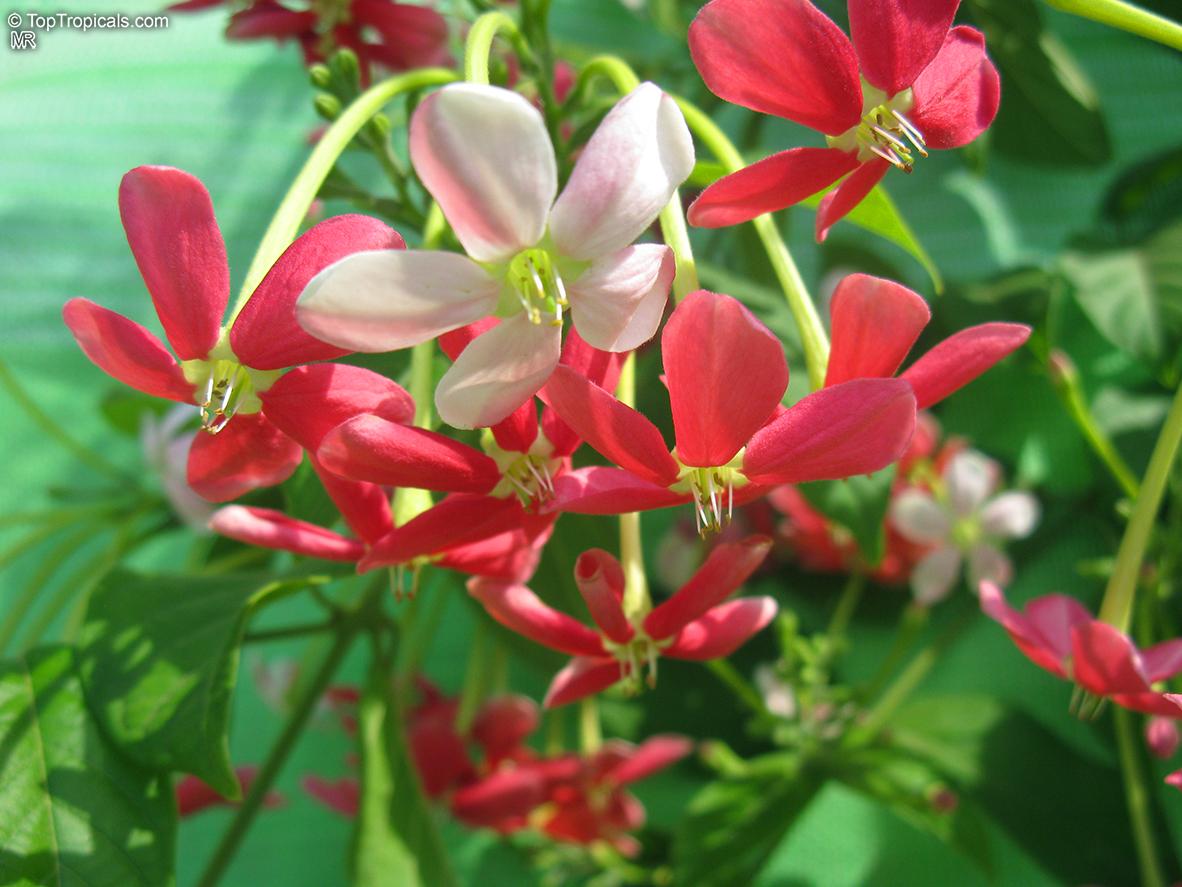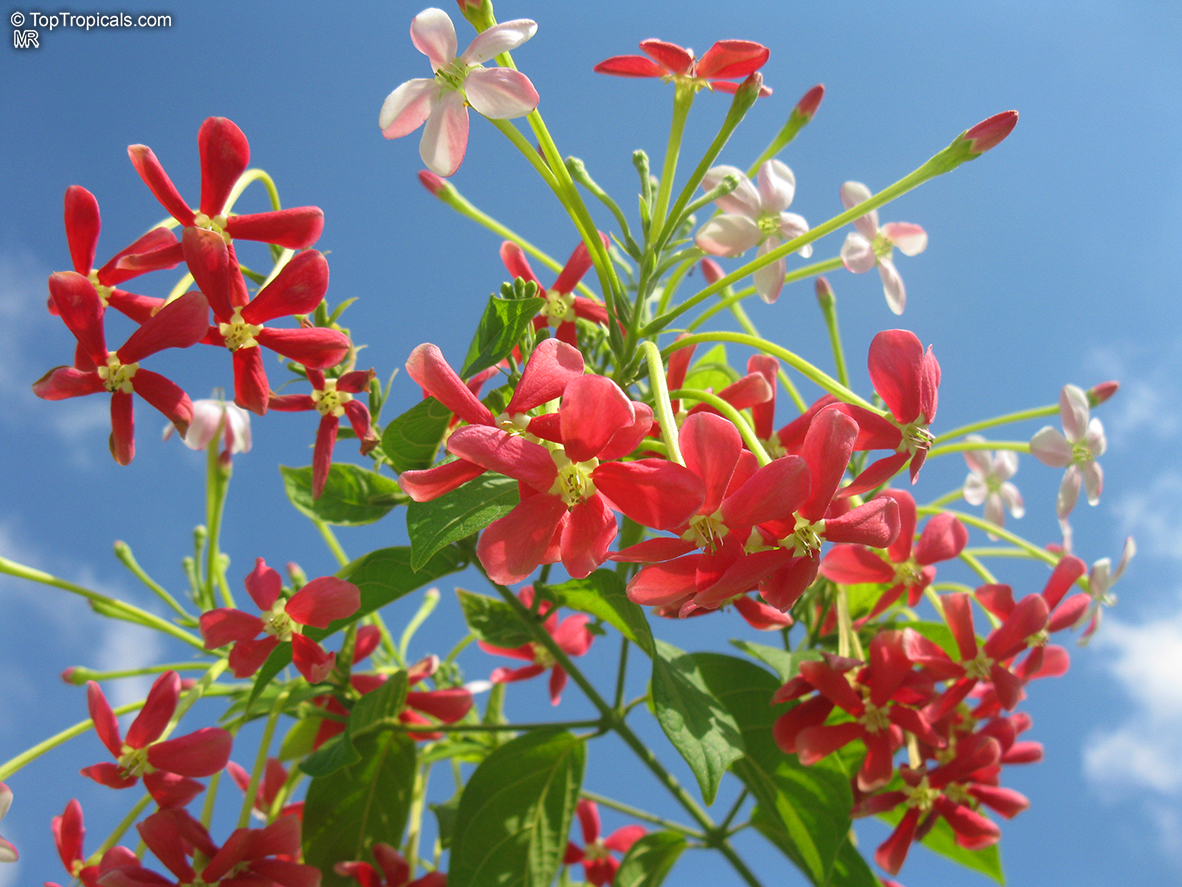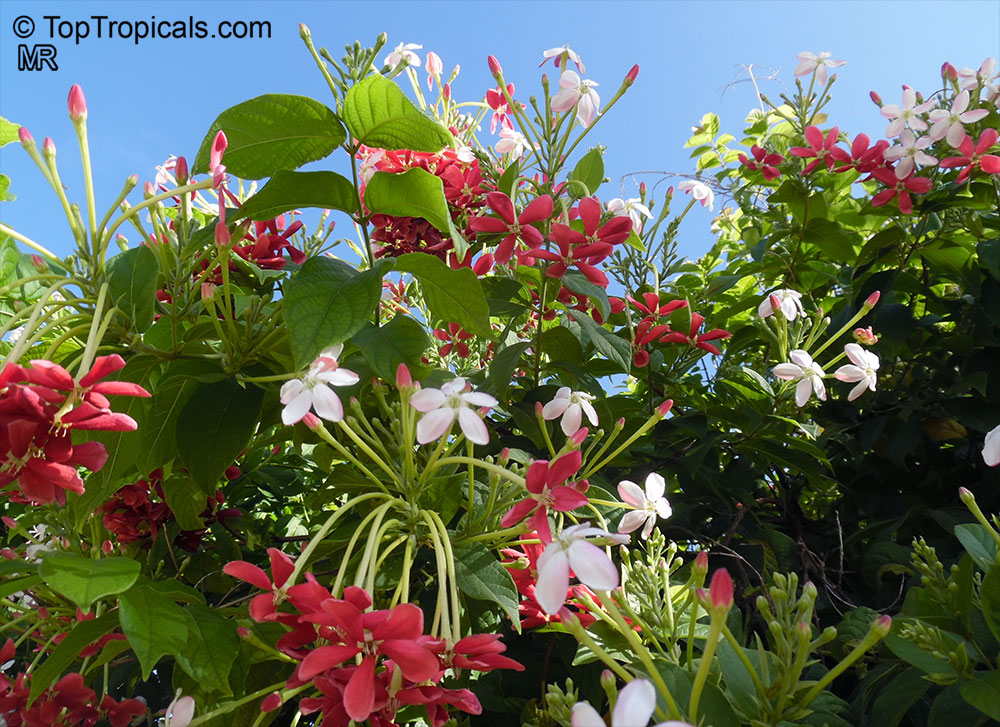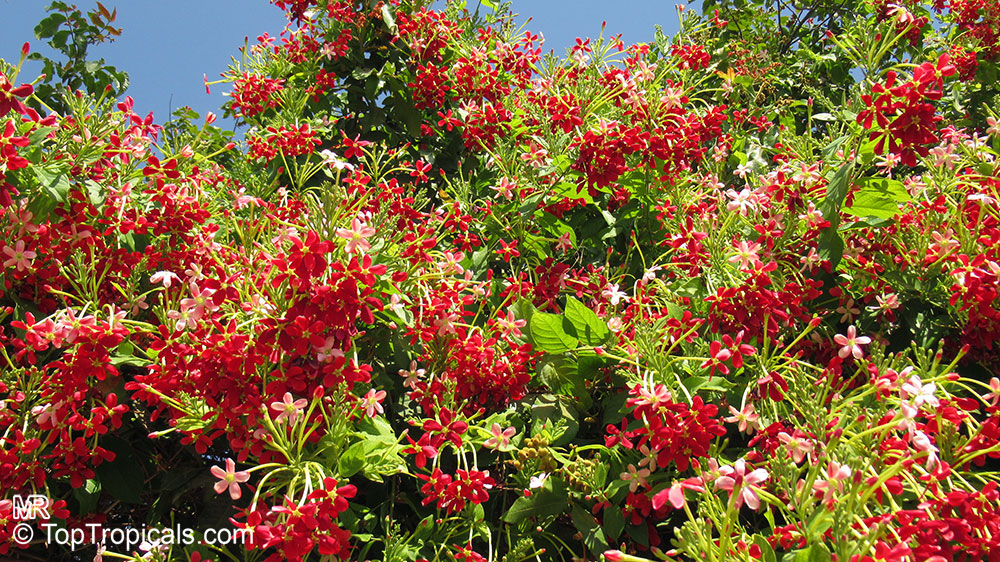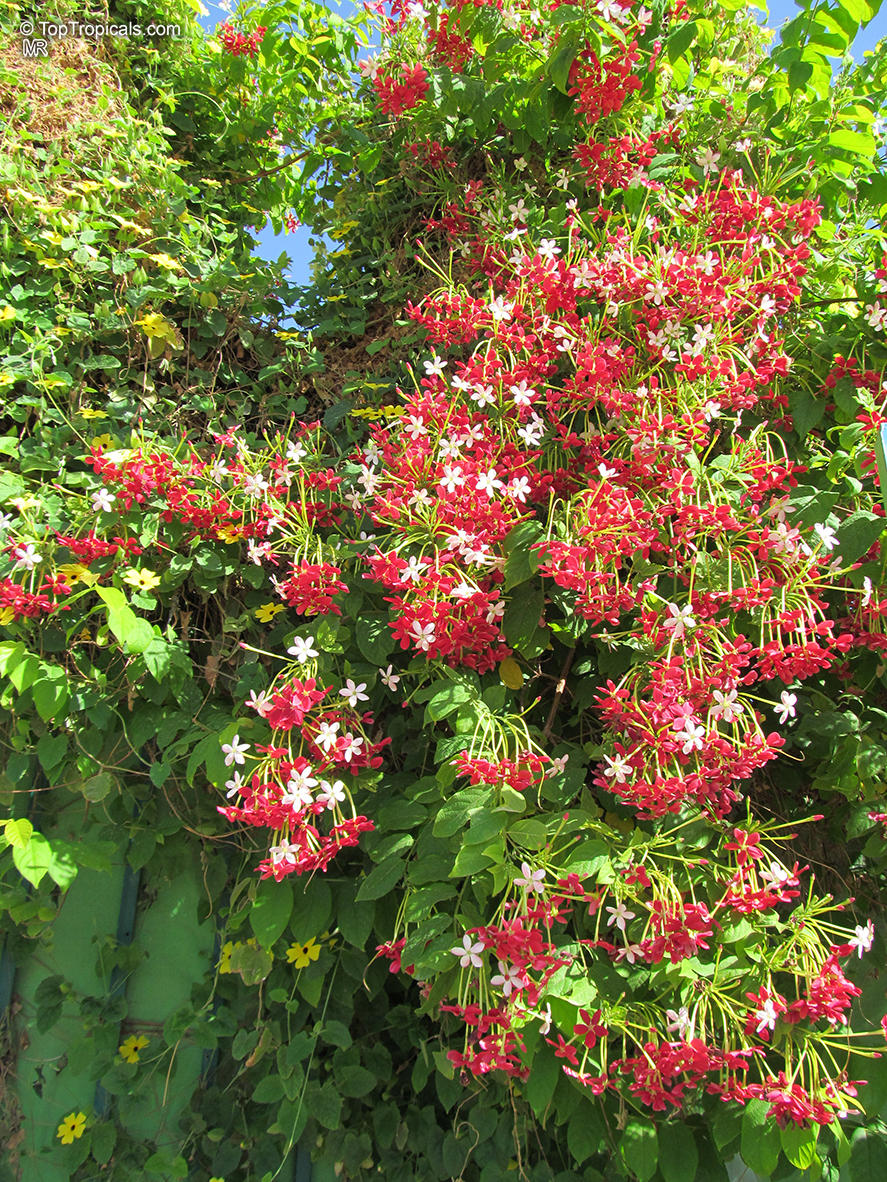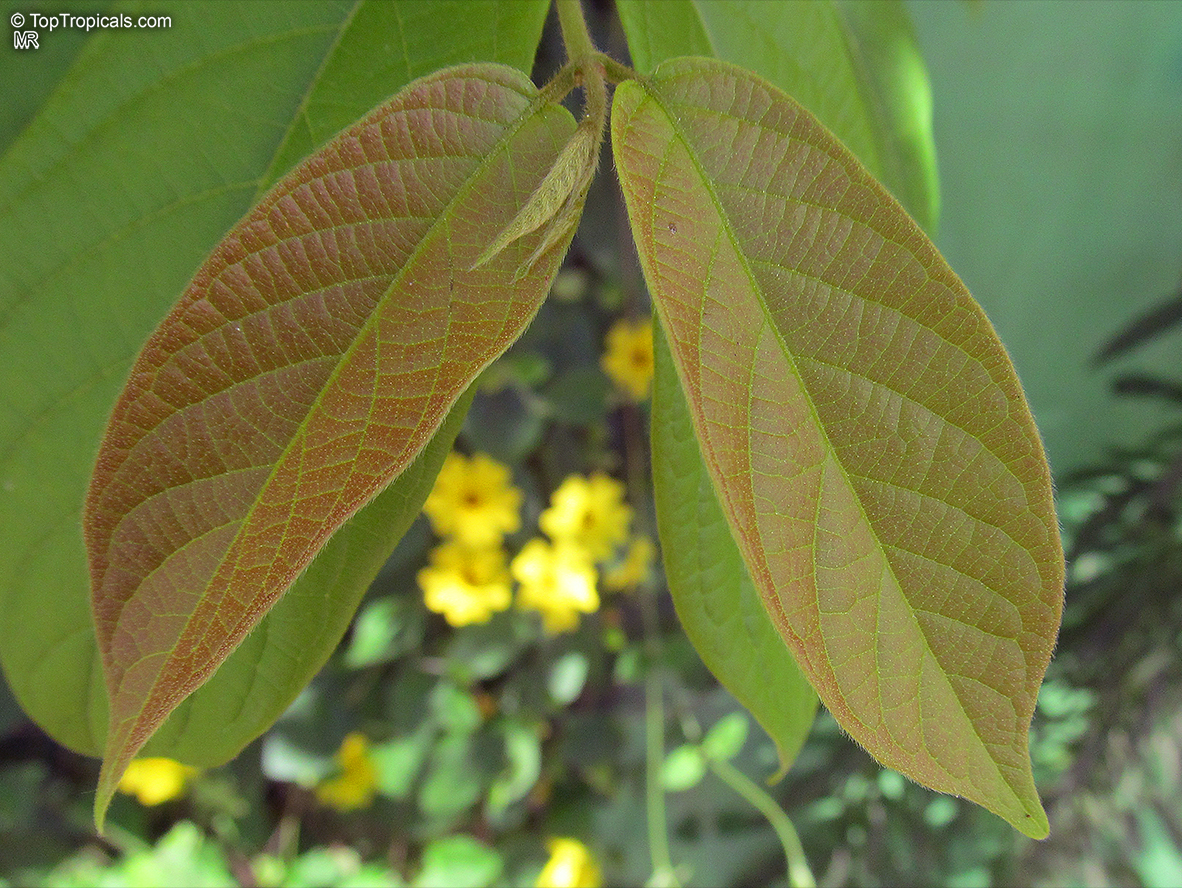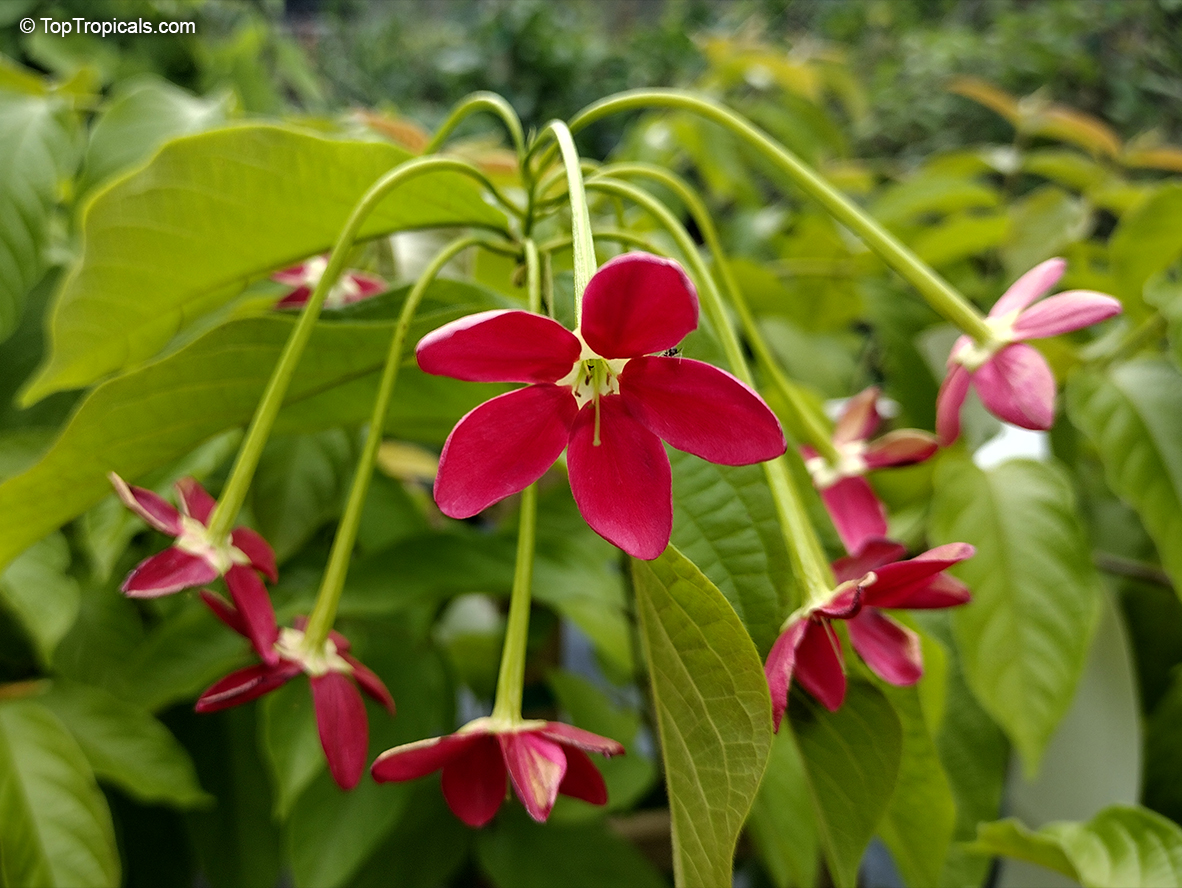Combretum - Plant Encyclopedia Results
Top Tropicals Plant Encyclopedia
| Number of plants found: 14 | Next | 
|
Go to page: | 1 | 2 |
Botanical name: Combretum apiculatum
Common name: Red Bushwillow
Family: Combretaceae
Origin: South Africa





Botanical name: Combretum aubletii
Common name: Monkey's brush
Family: Combretaceae
Origin: S. America








Combretums are very impressive plants, and this one is definitely one of the brightest of them. Powder-puff flowers are multi-colored: yellow, orange, and red. When in bloom, this vining shrub is all covered with them, looks like a fire. Can be trimmed as a shrub or grows as a vine with support when you let it go.
Recommended Fertilizer: SUNSHINE Megaflor - Bloom Nutrition Booster
Botanical name: Combretum caffrum
Common names: Riverbushwillow, African bush willow, Cape Bushwillow, Bushveld willow
Family: Combretaceae
Origin: South Africa






One of the most talked about trees due to the discovery of the combretastatin which showed promise as a possible cure for cancer.
Botanical name: Combretum coccineum
Common name: Scarlet Comb
Family: Combretaceae
Origin: Madagascar









Beautiful climber with masses of small bright red star-shaped flowers in large panicles. Foliage of a luxuriant glossy dark green. It can be utilized, with proper prunings, as isolated specimen in parks and gardens or as climber for creating barriers and for covering fences and pergolas.
Botanical name: Combretum constrictum
Common names: Thailand Powderpuff, Ball of Fire
Family: Combretaceae
Origin: South East Asia









Native to tropical rainforests of Southeast Asia, Combretum constrictum, or Thailand Powderpuff, is a large shrub or vine creeper up to 5 to 10 feet tall, depending on its pruning level and support. It is grown in USDA Plant Hardiness Zones 9 to 11, but mature plants may be cold hardy at least to 30s F for a short time with some protection.
Thailand Powderpuff needs full sun or part shade and regular water, as it is native to rainforest habitats. Its reddish-crimson or vinous-color flowers are clustered, attracting butterflies, hummingbirds and other nectar seekers.
It has some ethnomedical uses in Southeast Asia, and is considered a powerful energy plant, believed to dispell negative energy, promote abundance and increase joy.
When gardening in colder climates, Thailand Powderpuff is quite suitable to pot-growing, as it can be easy managed with pruning and moved indoors during the chilliest nights. For indoor growing it requires bright indirect light, sufficient water and warm temperatures. Add a layer of mulch around the roots to prevent its root-system from cooling down with the night temperatures and losing vigor.
Overall an easy to grow and maintain plant with very showy and beautiful flowers, it will add an exotic touch to any garden with its vining foliage.
Recommended Fertilizer: SUNSHINE Megaflor - Bloom Nutrition Booster
Botanical name: Combretum erythrophyllum
Common name: Bush willow
Family: Combretaceae
Origin: Gambia, Ghana, Tropical Africa
Hardiness: 30°F






It is native to Gambia, Ghana and other parts of Tropical Africa, where it is cultivated for its large, 4-winged seeds and its ethnomedical uses.
Combretum erythrophyllum is a large shrub 5-10 ft tall, growing in low-lying forests. It prefers full sun, but is tolerant of partial shade, and needs regular water to bloom. This plant produces a multitude of bright yellow-orange flowers, which are highly attractive and often used in dried flower arrangements.
This hardy shrub can be grown in USDA Zone 9-11, but might grow in hot regions with cold nights. For those in colder regions, it is best to grow this shrub in a pot, so you can more easily move it indoors when temperatures drop. To have success in colder climates, be sure the shrub is planted in a well-drained potting mix and is protected from gusts of wind and cold nights with coverings or frost cloths. Keep the soil moist, not wet, and water regularly, particularly in dry or warm regions.
Combretum erythrophyllum is a beautiful and colorful shrub that makes a great addition to any garden. The flowers are highly fragrant and attract both birds and pollinators, and the fruits that follow make great snacks for kids. In addition to its aesthetic appeal, this bush makes a wonderful ethnomedical plant and is used traditionally to treat digestive and menstrual disorders.
Botanical name: Combretum fruticosum
Common names: Orange Flame Vine, Chameleon Vine
Family: Combretaceae
Origin: South America







The Orange Flame Vine, Combretum fruticosum, is a large shrub or vine native to South America. It can grow up to 20 feet tall, and has a vigorous twining habit. It requires full sun for optimal growth and should be regularly watered. This vine is known for its profusion of showy red, crimson and vinous flowers, which are 4-6 inches long and slightly curved. During the spring and summer, these blooms are frequented by butterflies and hummingbirds.
This tropical vine is also known for its unique yellow and orange flowers, which appear in the late summer and autumn months. It is a fairly easy plant to care for, making it an ideal choice for beginner gardeners. In colder regions, this plant can be grown in a pot and should be brought indoors during the winter. The mature plant is cold hardy at least to 30s F for a short time. It is hardy in USDA Zones 9-11.
For the best results, it is important to regularly fertilize and prune this plant. As it flowers on new growth, pruning should be done after the flowering period. During the summer months, this plant should be watered every week. In the winter months, give it less water as its growth slows considerably. Additionally, be sure to plant it in soil that is rich in organic matter and well-drained to promote healthy growth.
Botanical name: Combretum grandiflorum
Common name: Showy combretum
Family: Combretaceae
Origin: Gambia, Guinea and Ghana in West Africa






Showy tropical vine that can reach 20 feet. Summer bloomer. The spectacular red flowers are 1" across and appear in 15" long clusters. Since the vines grow to 20 feet, they need a lot of room to grow. If the plant gets too large, it responds well to trimming to keep it at a manageable size. This is best done in late winter before new growth starts. Keep spent flowers trimmed off.
Botanical name: Combretum indicum
Common name: Thai Double Flower Rangoon Creeper
Family: Combretaceae
Origin: Thailand











This hybrid of quisqualis from Thailand has large clusters of double flowers. An extremely beautiful shrubby vine with pale-pink to deep crimson star shaped flowers, covering the entire plant when in full bloom. It's scent is unforgettable, fruity and intoxicating! The flowers are born in clusters and each flower has many variations of color, depending on how old the flower is. The flower starts out white and or pink striped and turn solid pink and finally dark pink on maturity. Highly fragrant in warm humid afternoon. Very difficult to propagate.
Recommended Fertilizer: SUNSHINE Pikake - Fragrant Flower Booster
Botanical names: Combretum indicum, Quisqualis indica
Common names: Rangoon Creeper, Burma Creeper, Chinese Honeysuckle
Family: Combretaceae
Origin: Burma, Malay Peninsula, New Guinea, and the Philippine Islands
Hardiness: 35°F












Called Cocuisa in Dominican Republic. An extremely beautiful shrubby vine with pale-pink to deep crimson star shaped flowers that are borne in tight clusters, covering the entire plant when in full bloom. It's scent is unforgettable, sweet, fruity and intoxicating. Grows best at temperatures above 40 degrees. The fragrant flowers are born in clusters and each flower has many variations of color, depending on how old the flower is. The flower starts out white and or pink striped and turn solid pink and finally dark pink on maturity. Leaves - opposite, oblong or obovate. Flowers - short, axillary and terminal drooping racemes, white first and then rosy or scarlet, with a narrow tube. Fruit; oblong, with sharp angles, glabrous, black. Flowers and fruits during May to September. It will die back in lower temperatures but should come back in the spring. The most popular Thai hybrid has double flowers.
Recommended Fertilizer: SUNSHINE Pikake - Fragrant Flower Booster
| Next |  |
Use link to repeat this search:
https://toptropicals.com/cgi-bin/garden_catalog/cat.cgi?find=Combretum&search_op=and&keyword_op=and&language=e&number=10
&no_change_lang=1&user=tt&sale=1&first=0
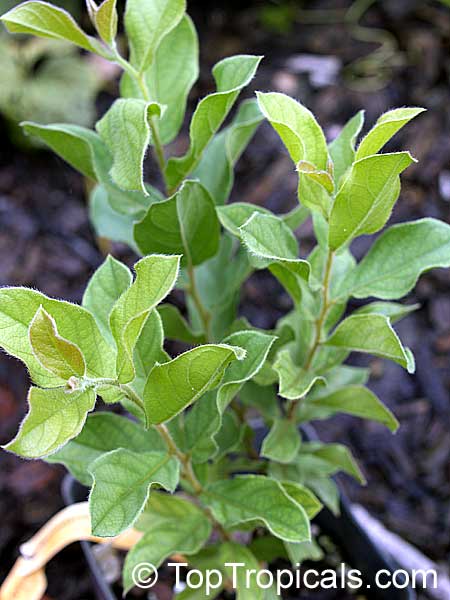
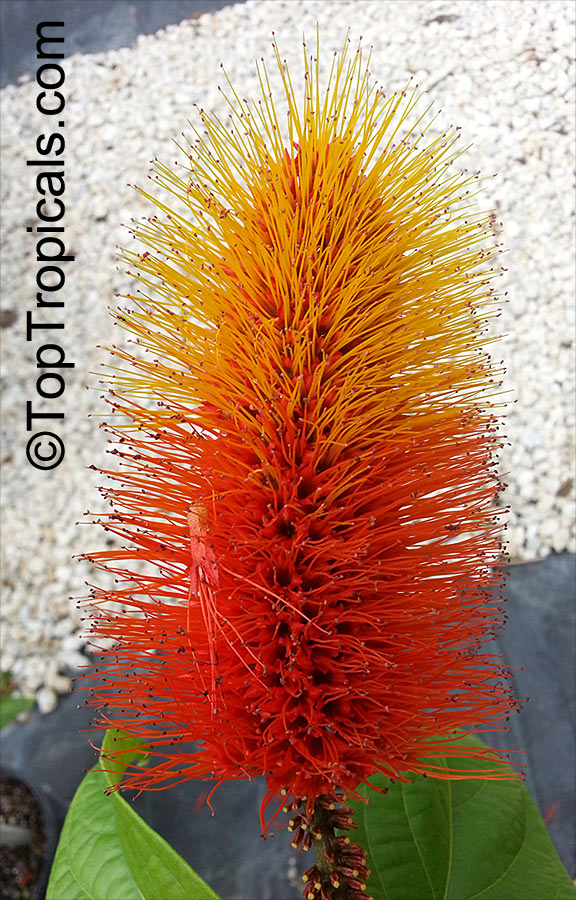
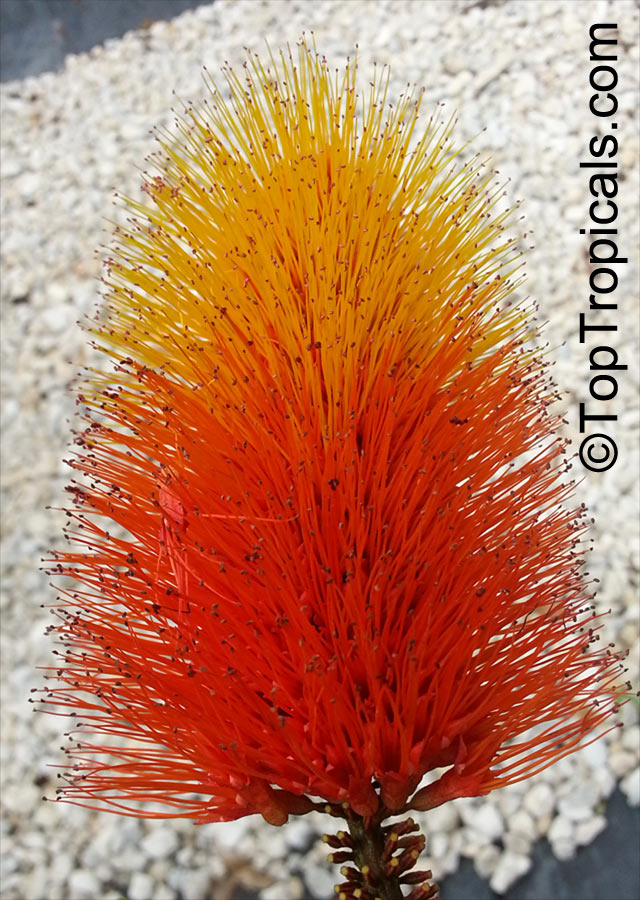
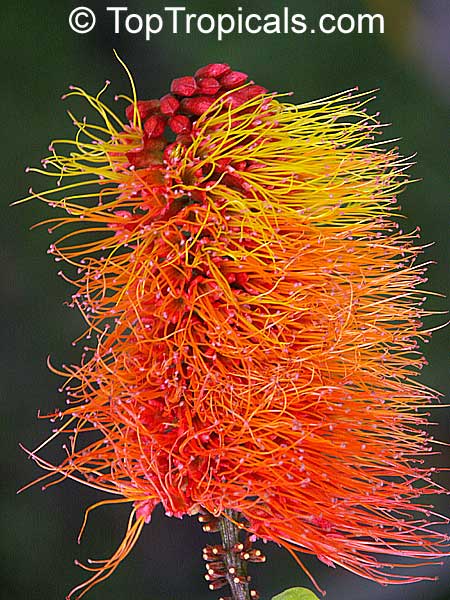
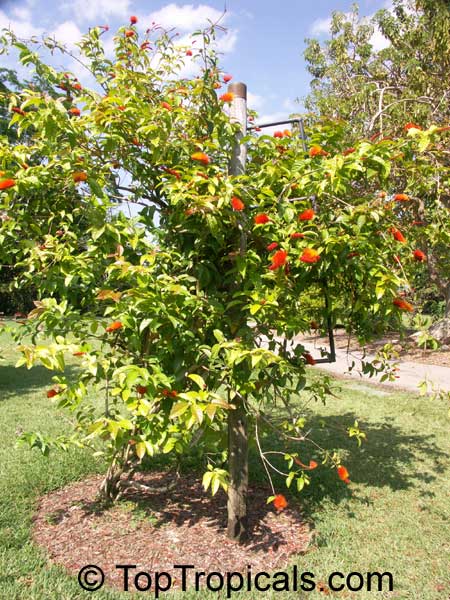
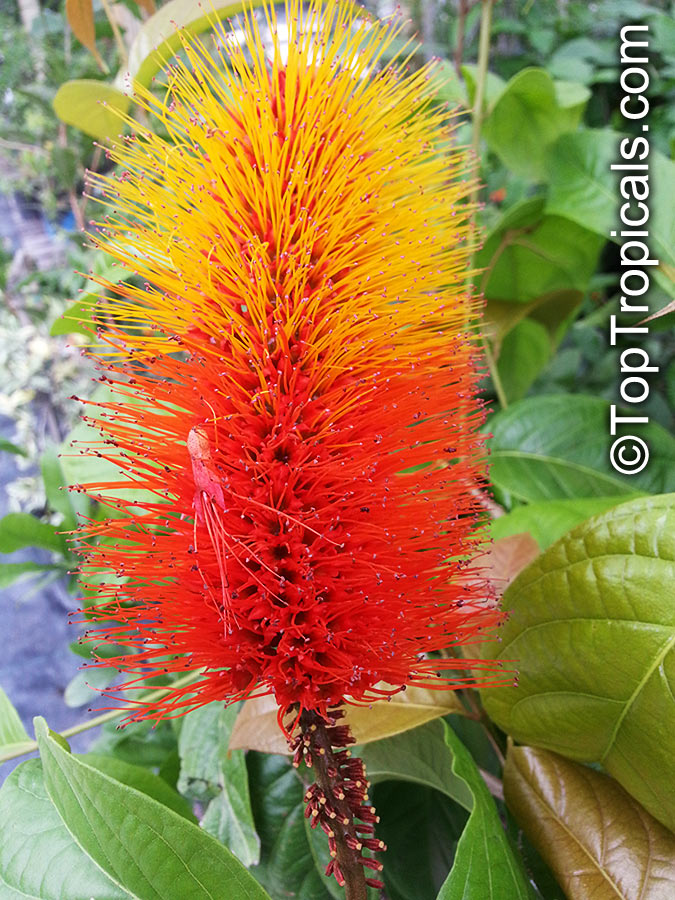
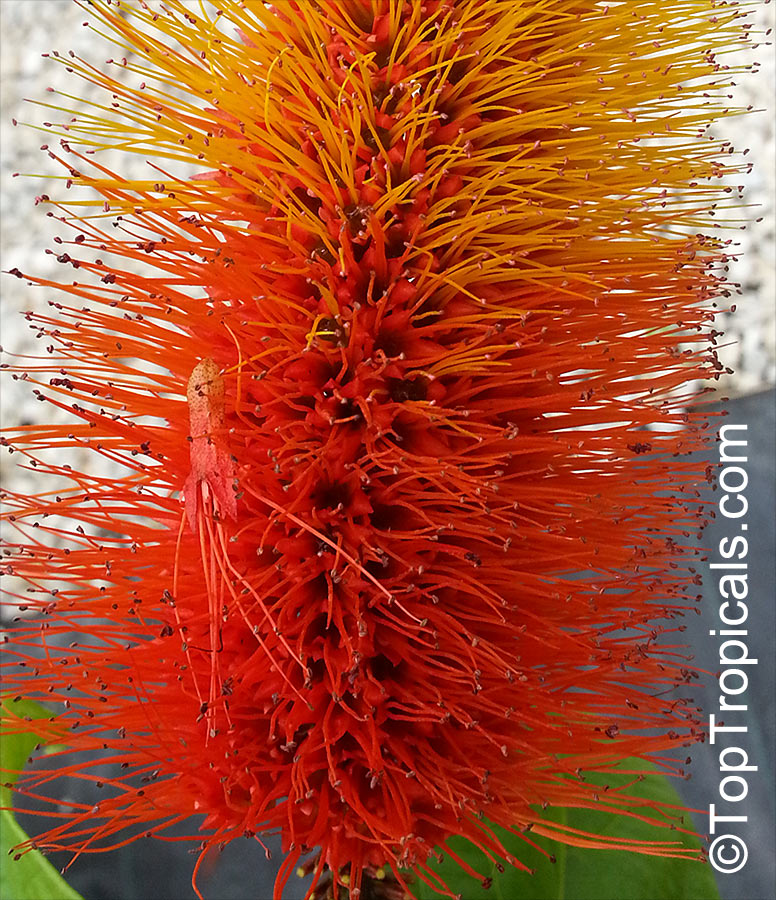
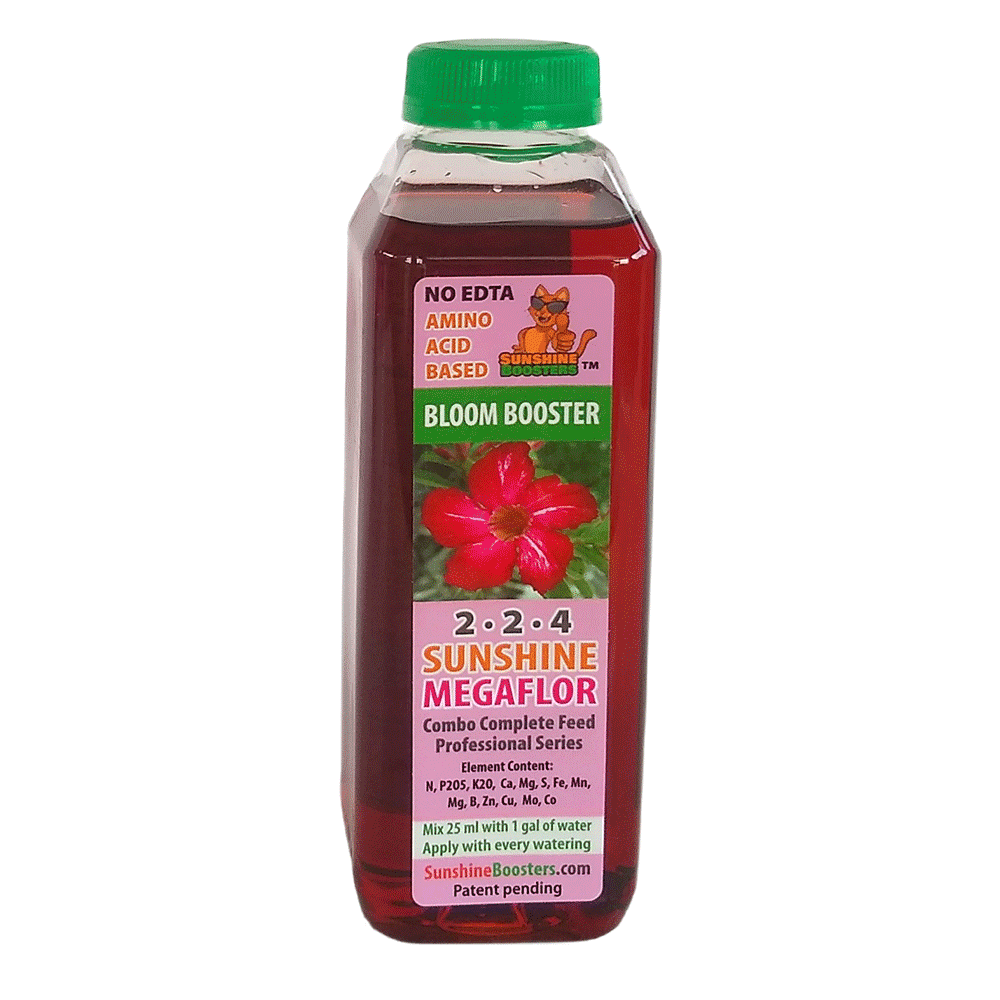 SUNSHINE Megaflor (NPK 2-2-4) - Bloom Booster for every watering. Formulated especially for blooms, to boost flowering, improve flower size and quality, and stimulate pollen development. This is an eco-friendly nutrition booster that can be used for organic gardens. Can be used for daily feeding with every watering. Scientifically-balanced stable formula is organic Amino-acid based and has NO EDTA chelators to eliminate nutrients lockup; it does not affect crop taste. Organic Amino acids greatly enhance stability of all Sunshine boosters and provide excellent absorption of trace elements. Pollinating insects friendly.
SUNSHINE Megaflor (NPK 2-2-4) - Bloom Booster for every watering. Formulated especially for blooms, to boost flowering, improve flower size and quality, and stimulate pollen development. This is an eco-friendly nutrition booster that can be used for organic gardens. Can be used for daily feeding with every watering. Scientifically-balanced stable formula is organic Amino-acid based and has NO EDTA chelators to eliminate nutrients lockup; it does not affect crop taste. Organic Amino acids greatly enhance stability of all Sunshine boosters and provide excellent absorption of trace elements. Pollinating insects friendly.
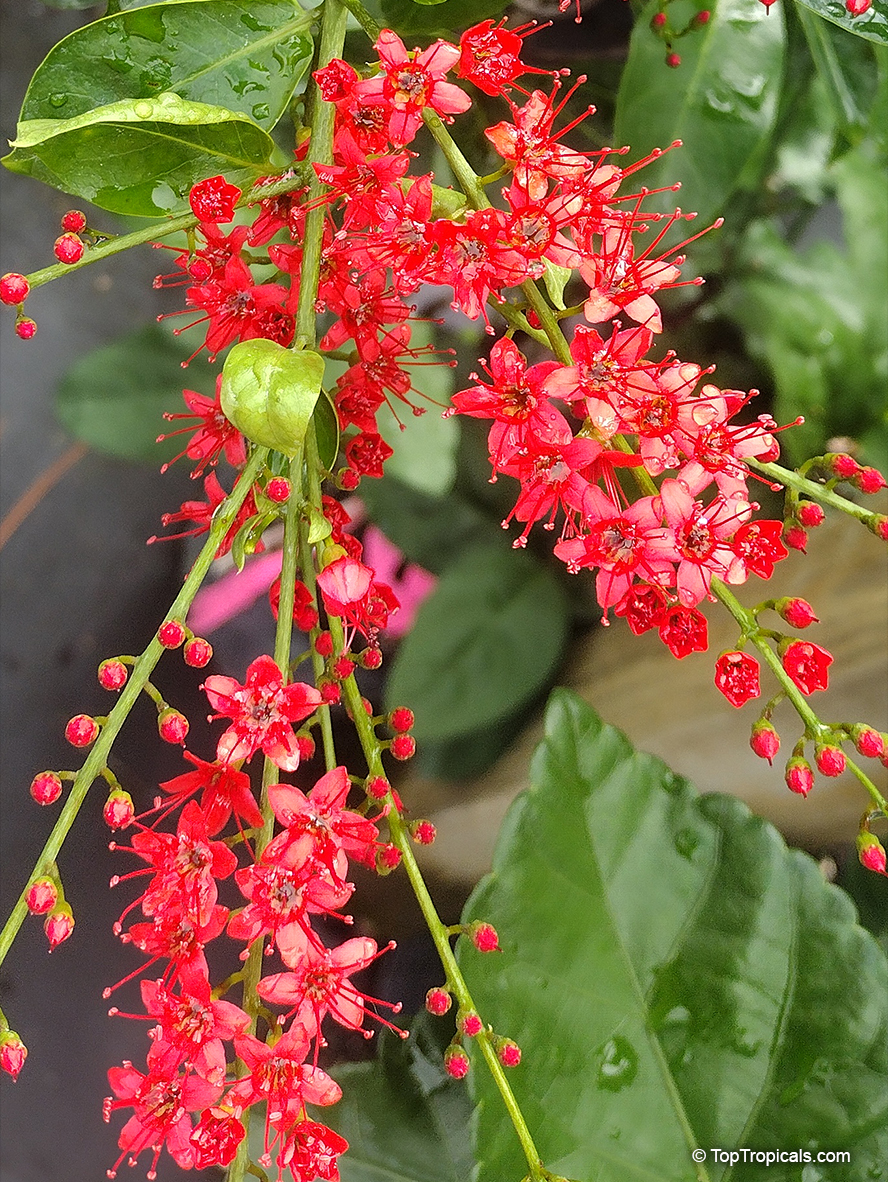
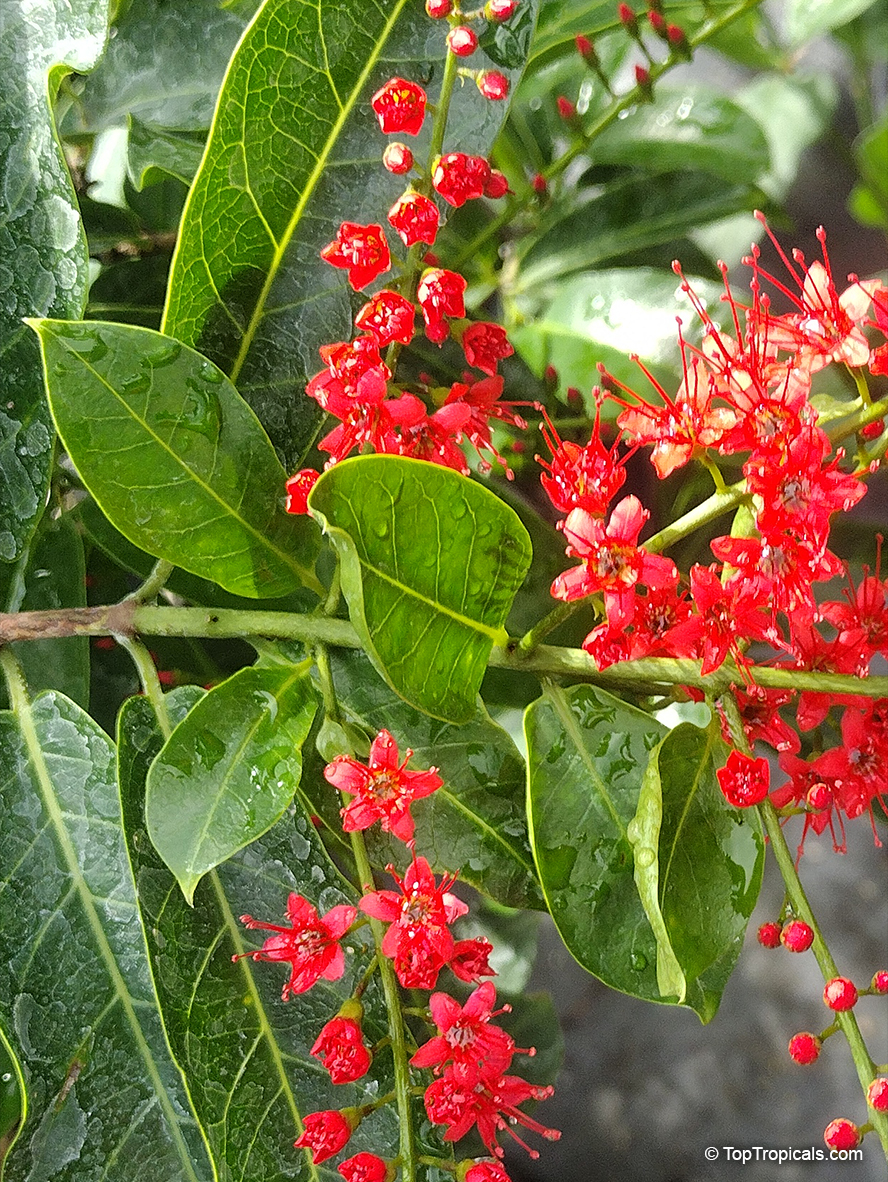
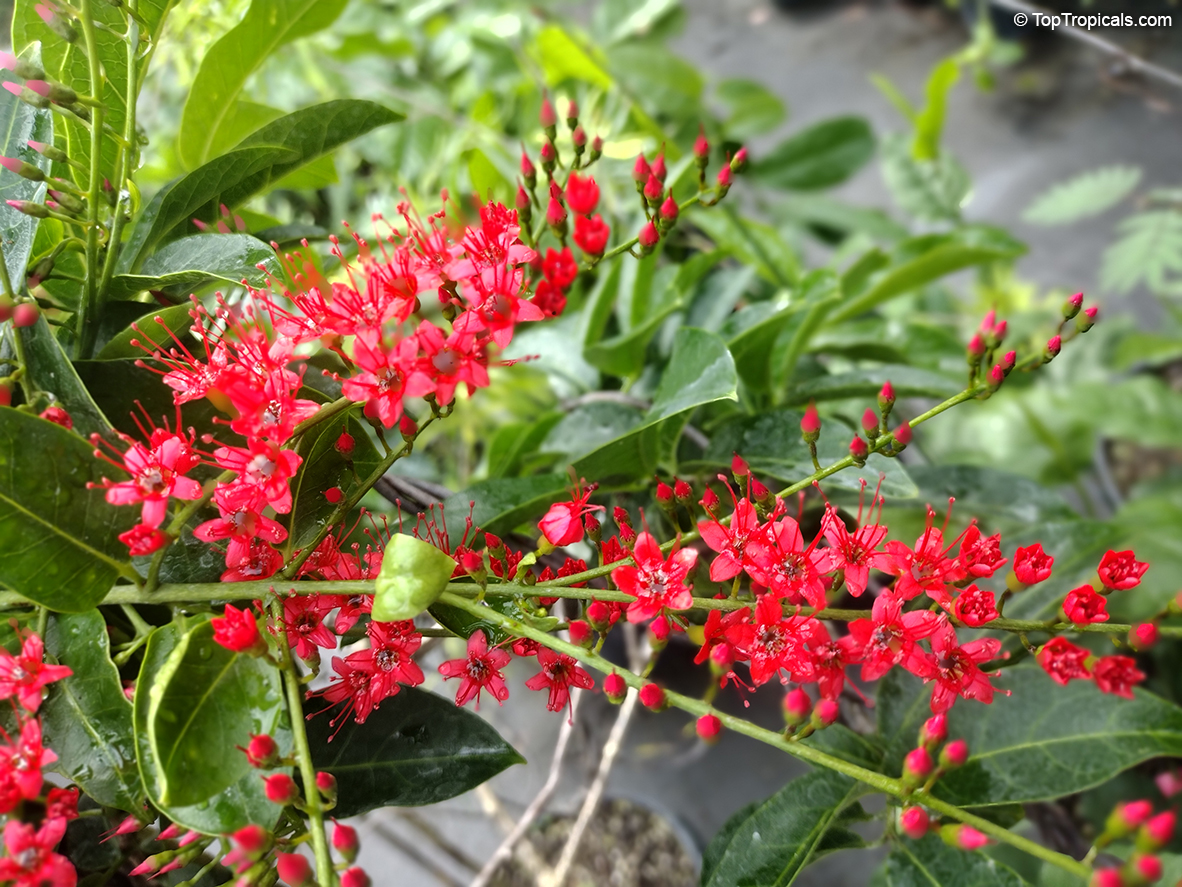
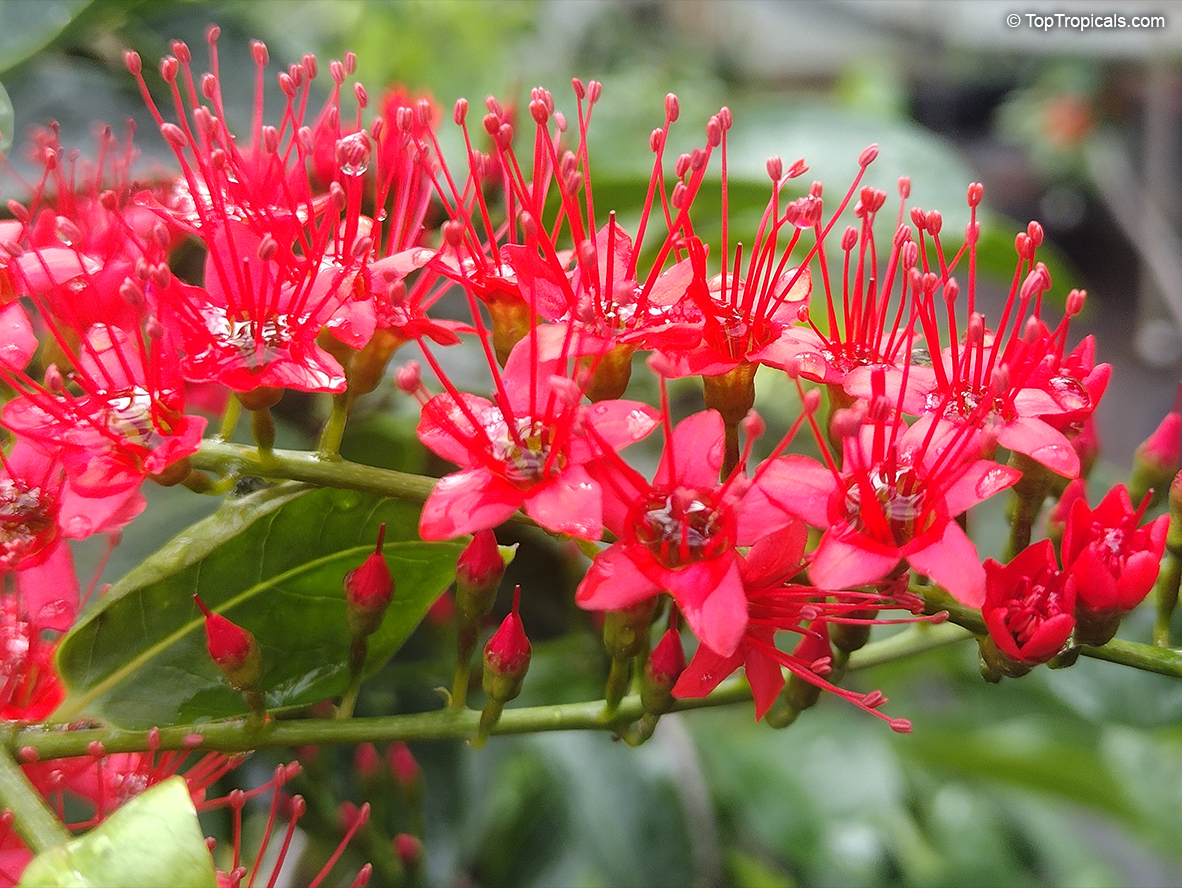
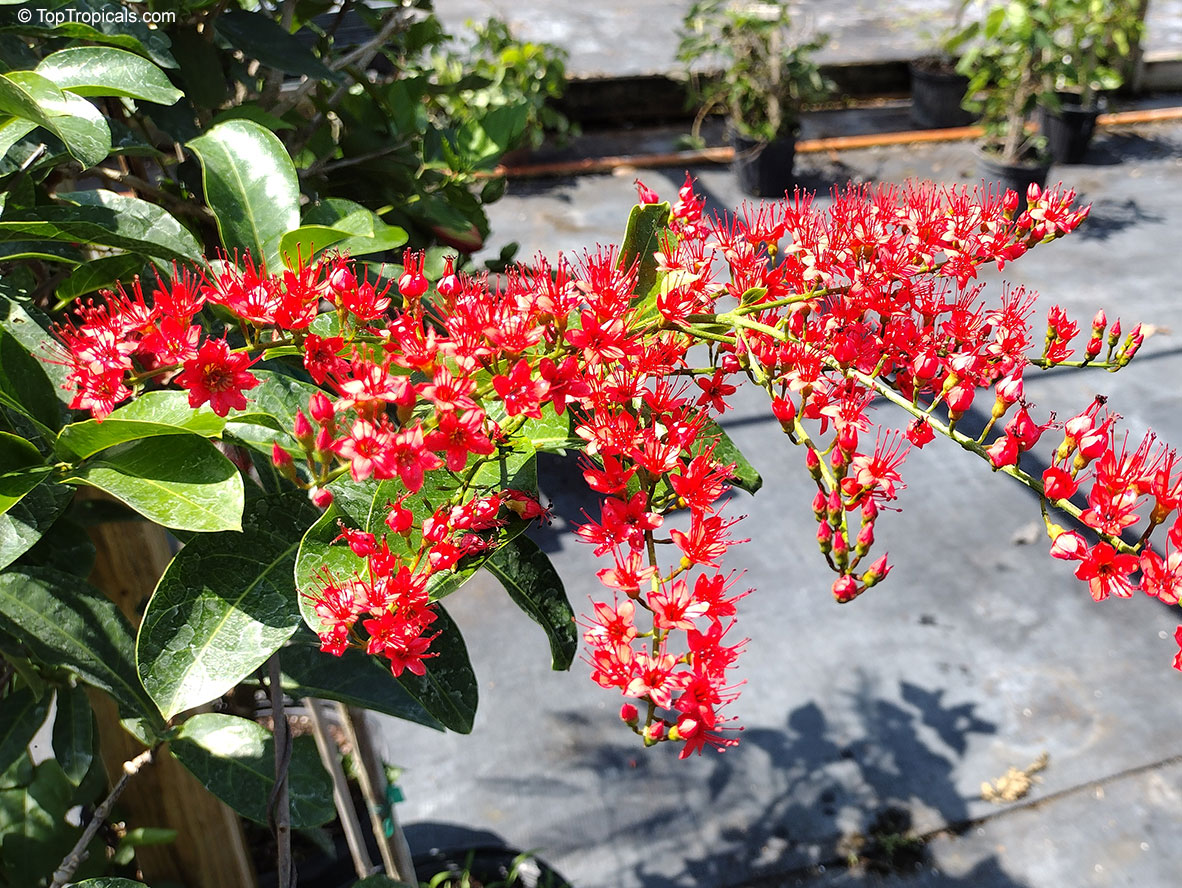
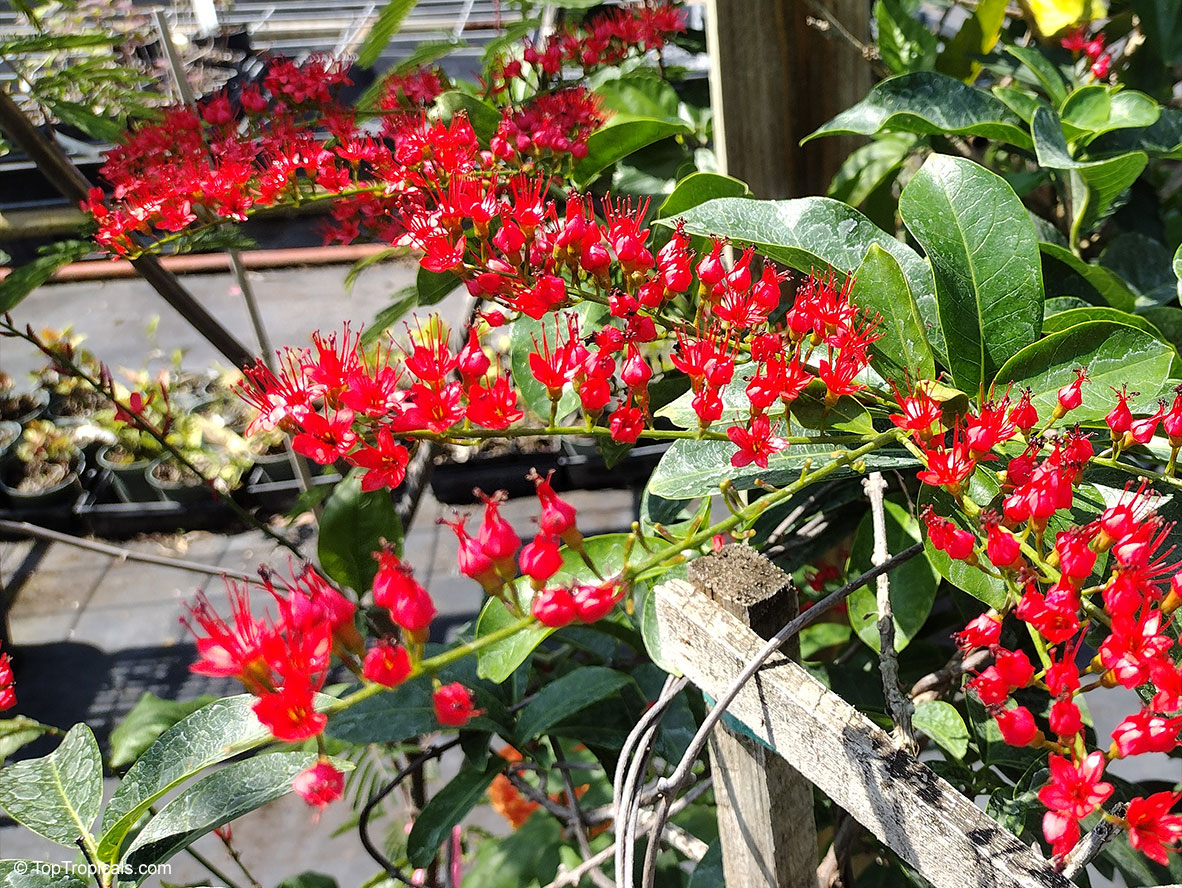
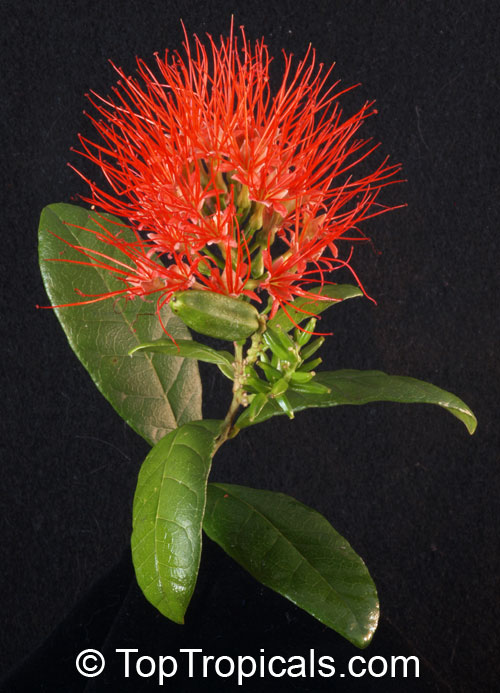
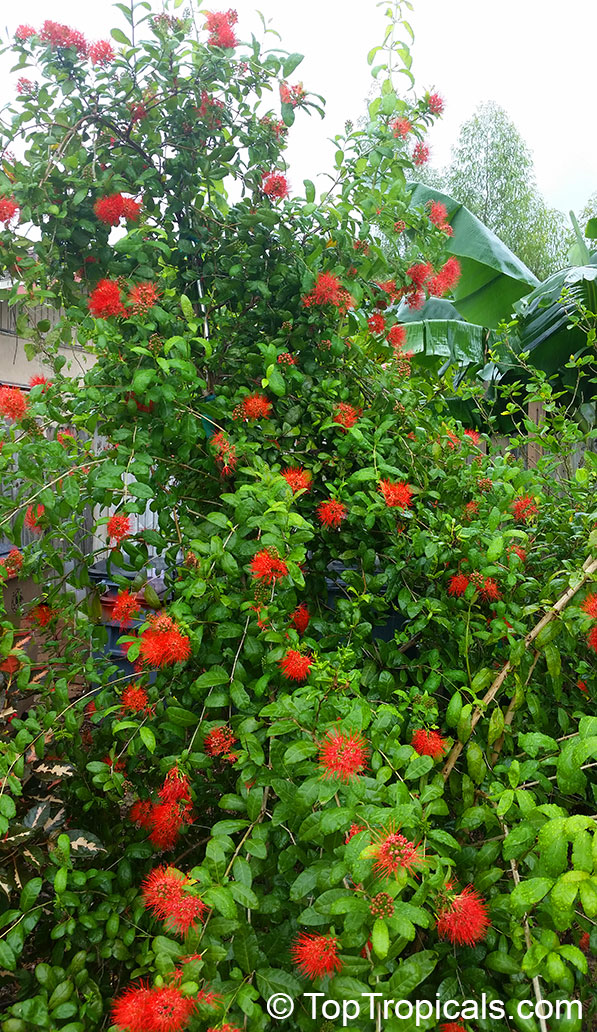
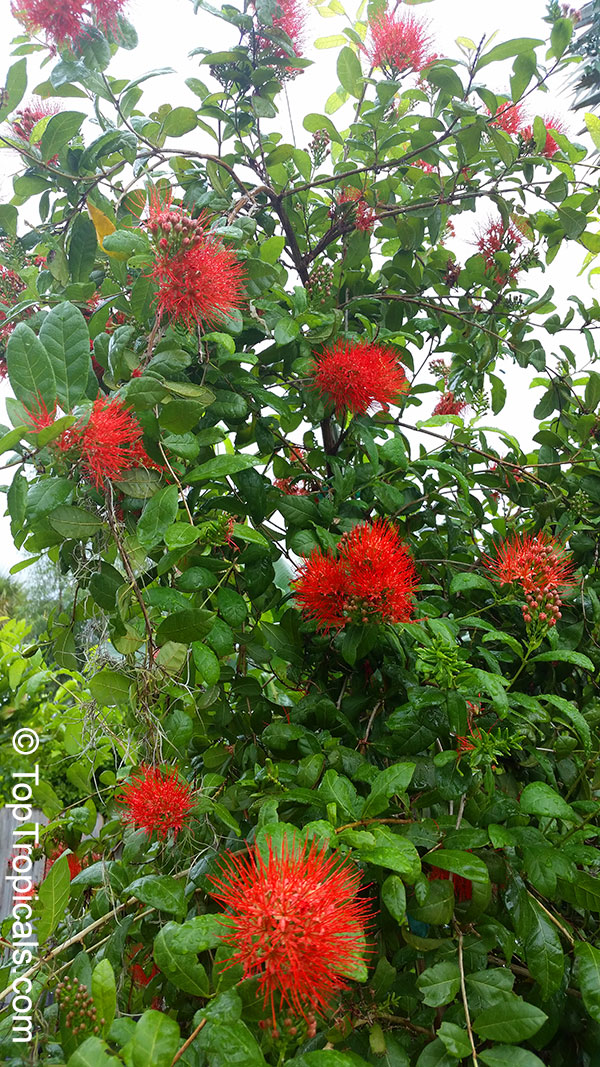
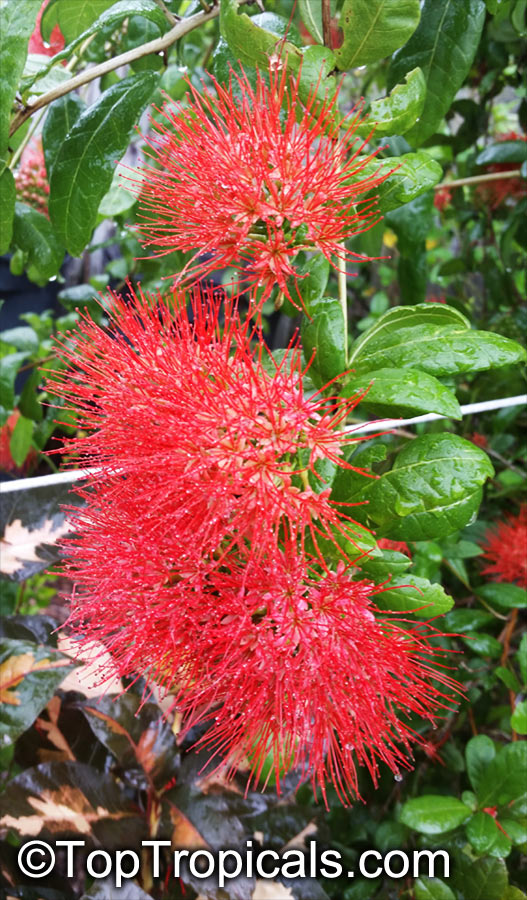
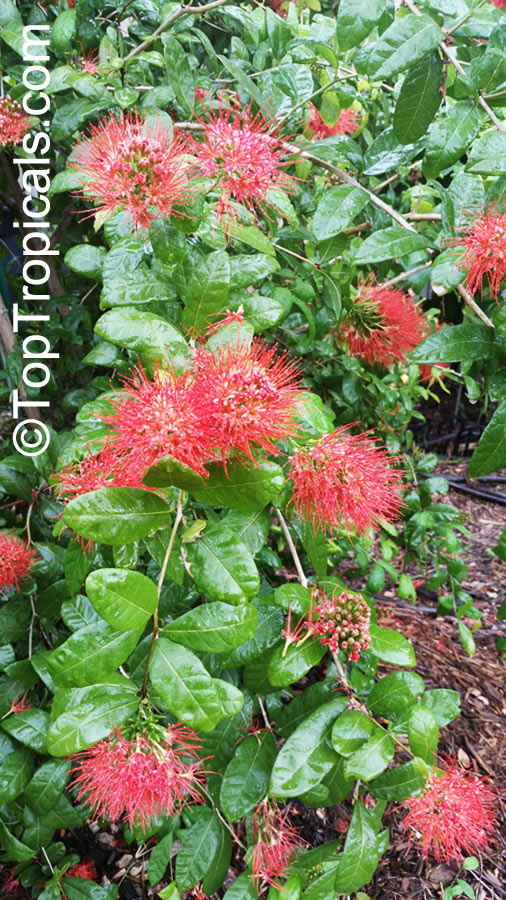
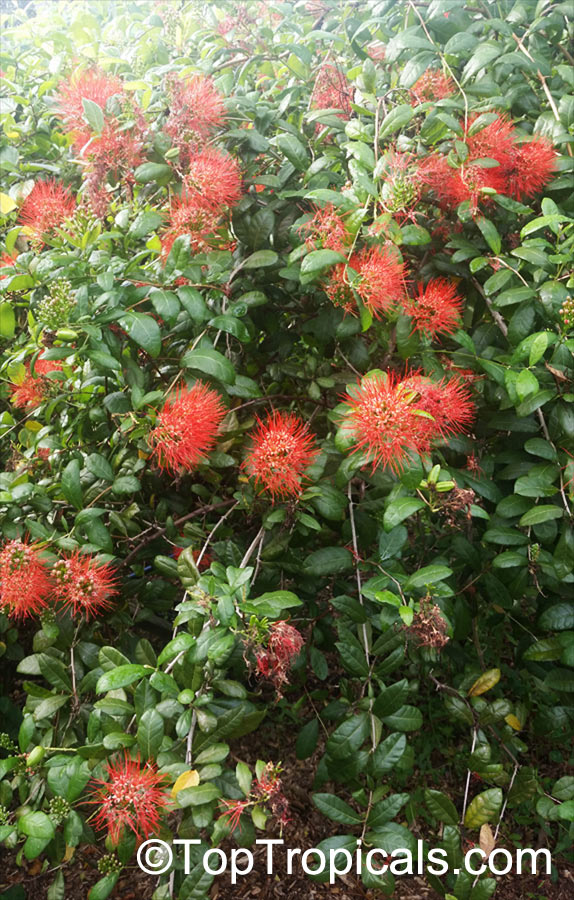
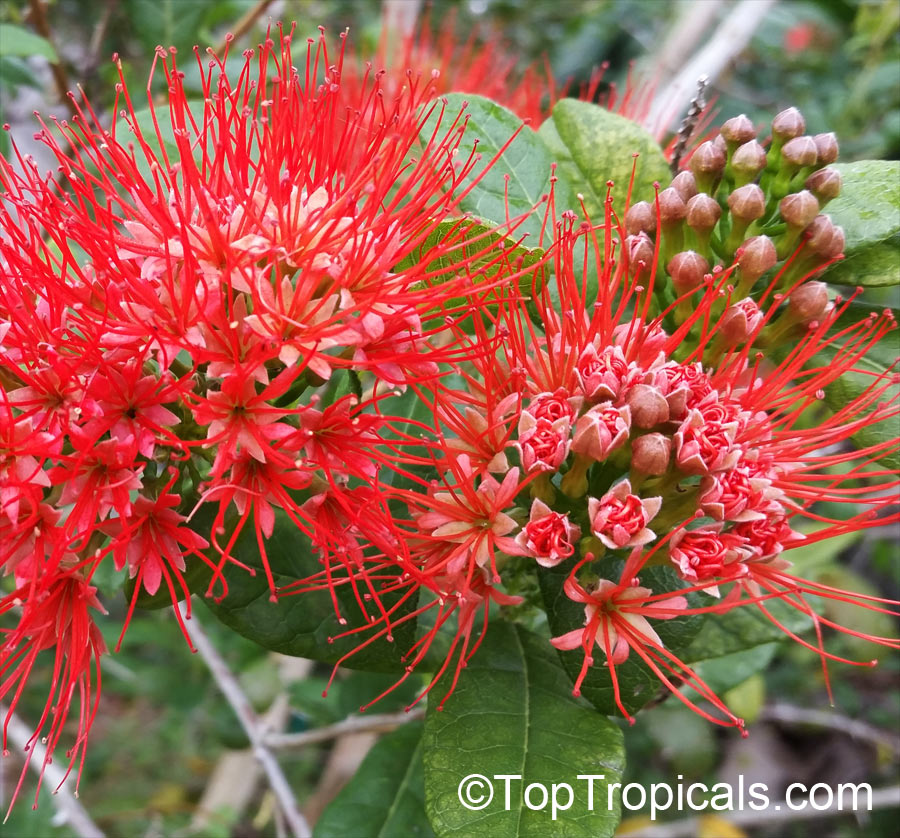
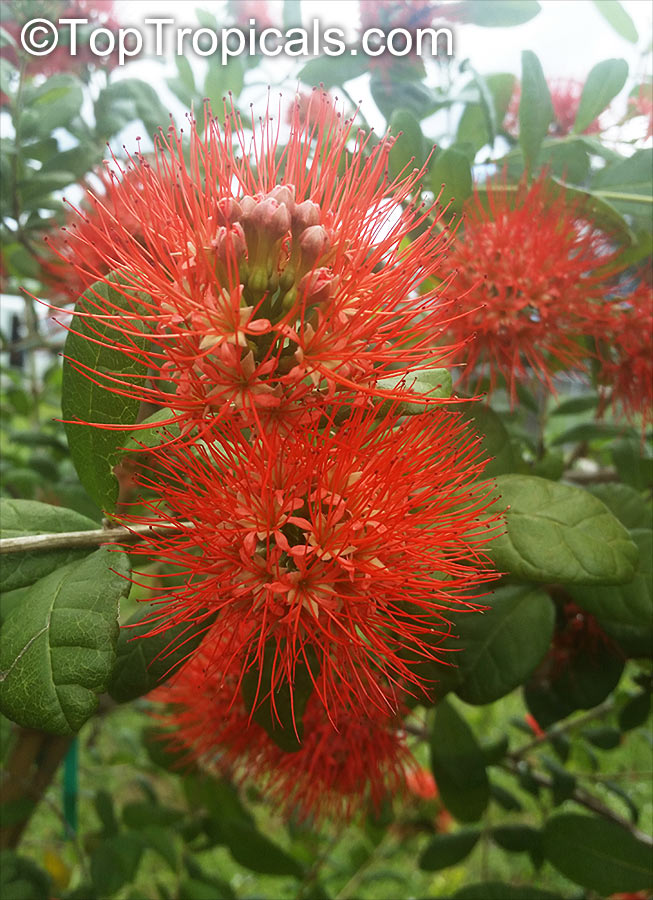

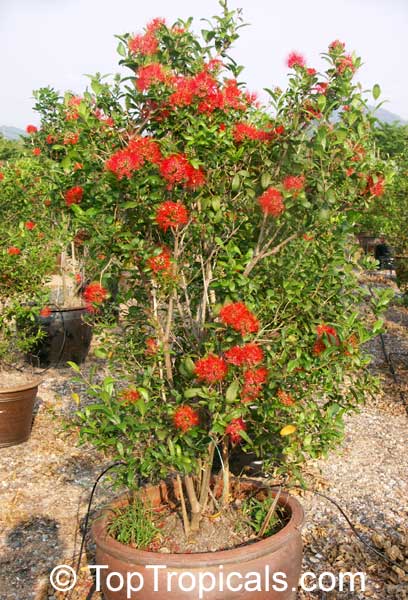
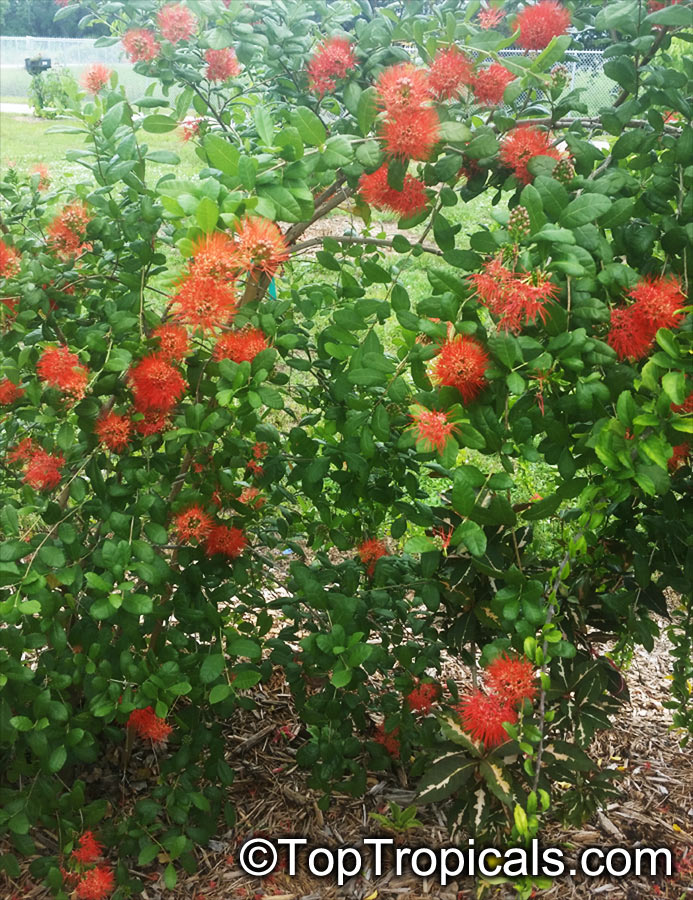
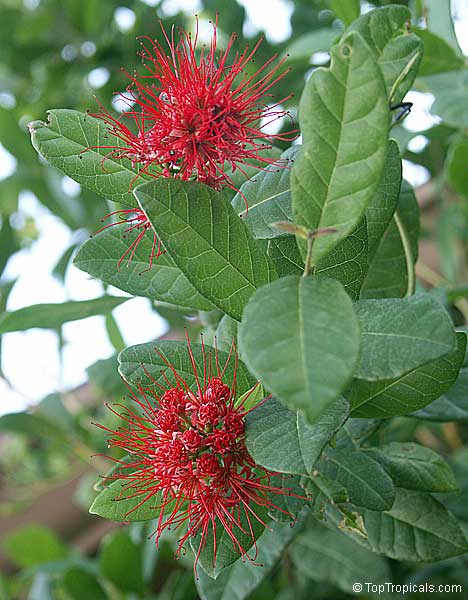
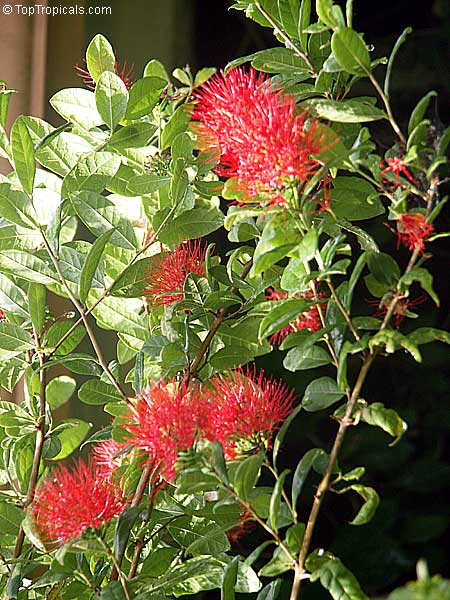
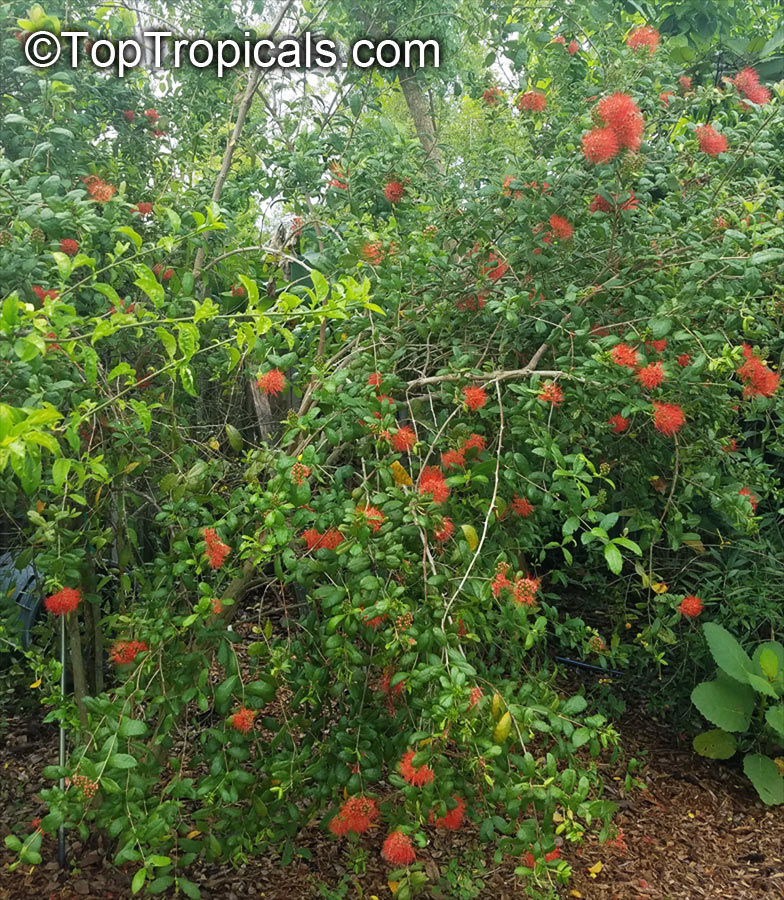
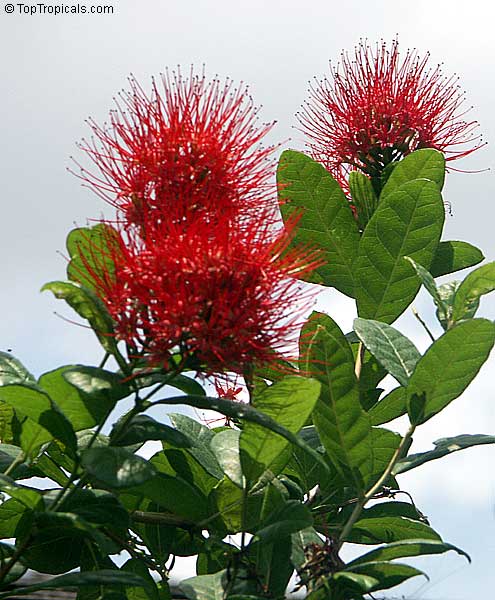
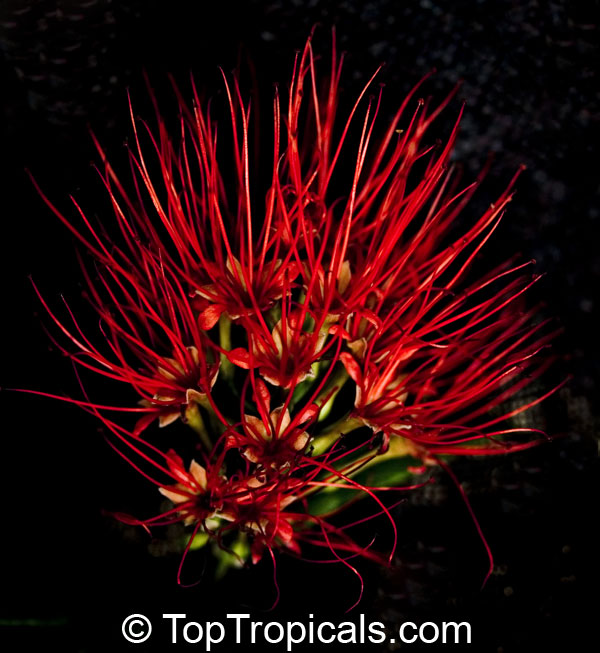
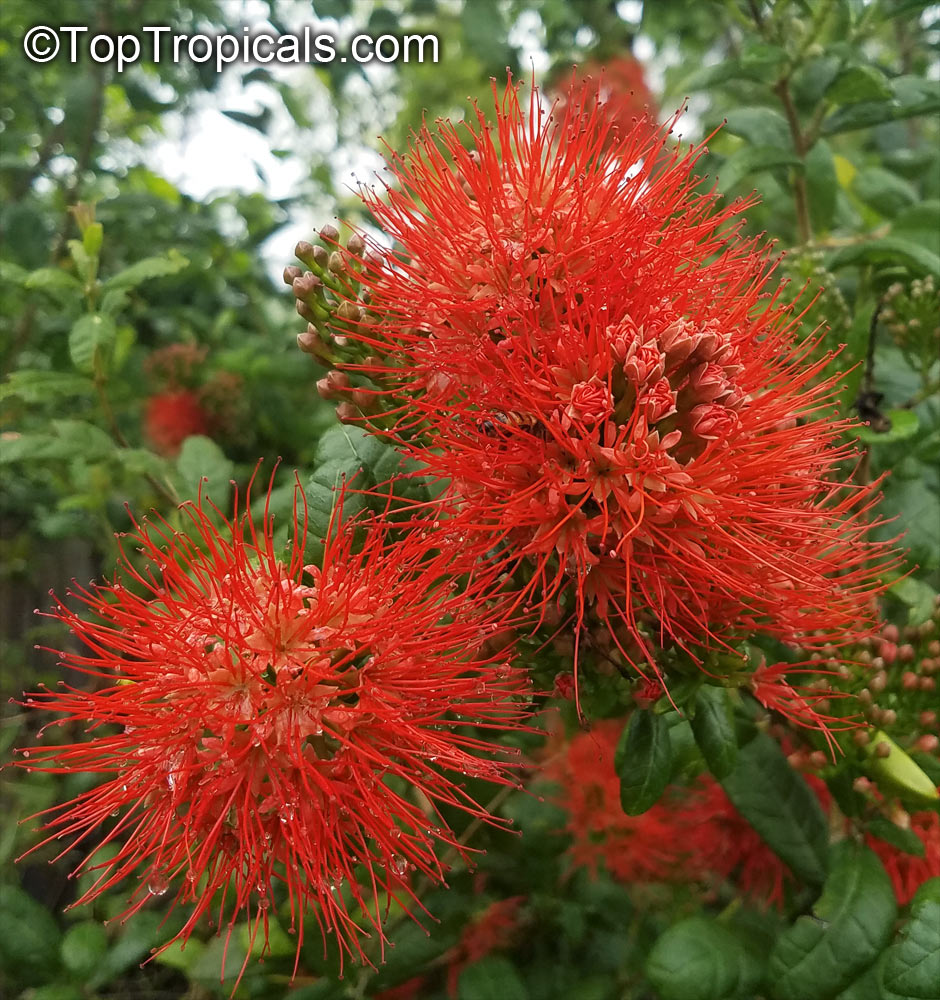
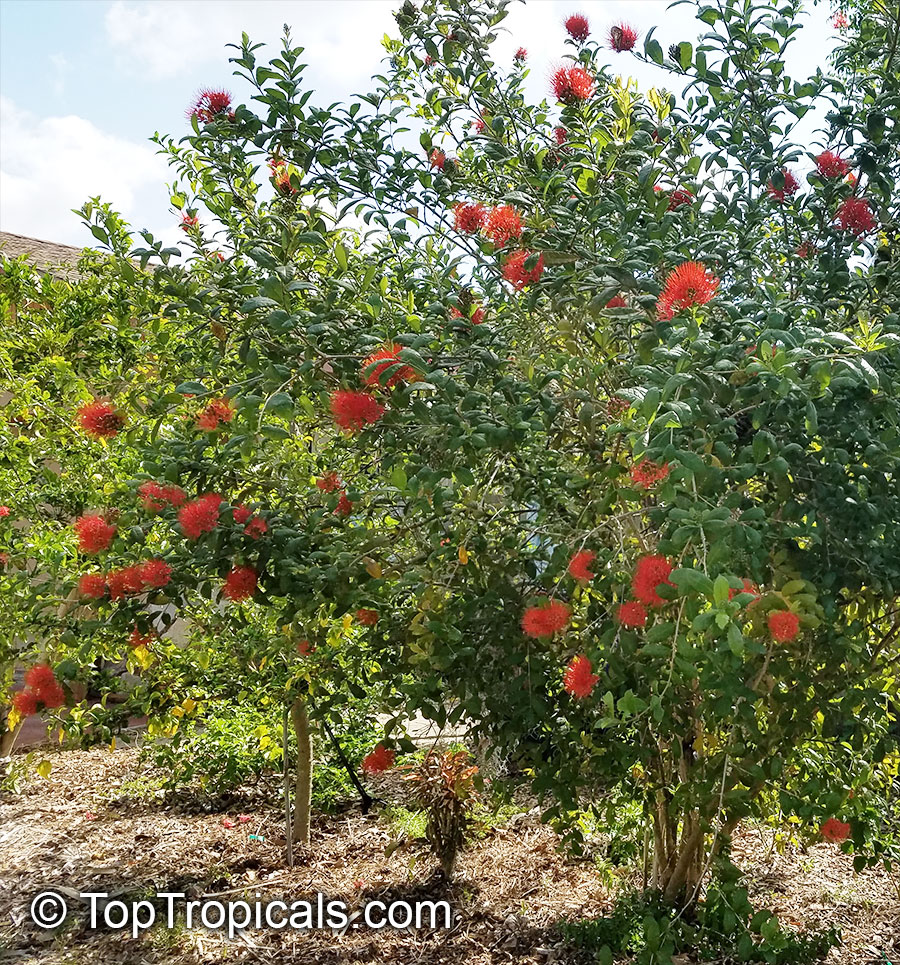
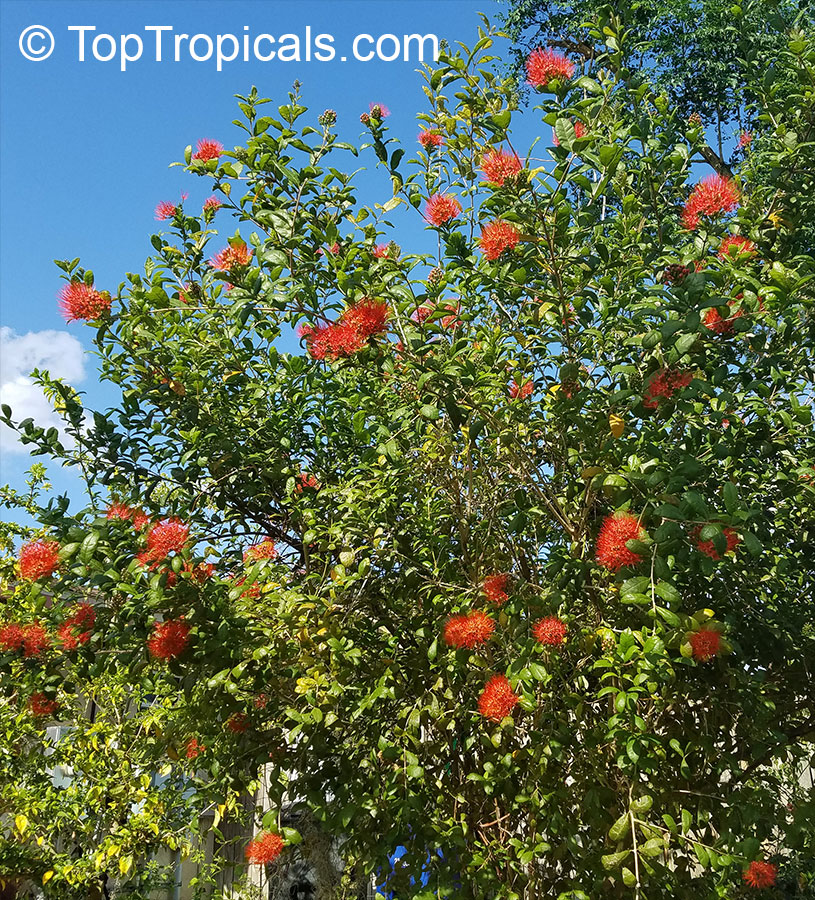
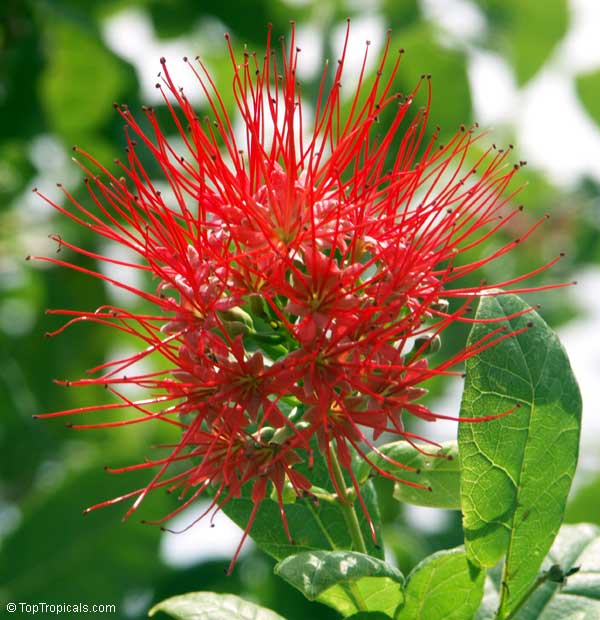
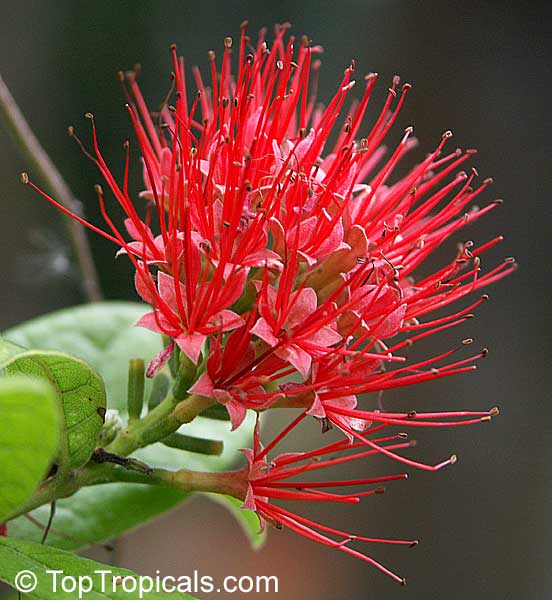
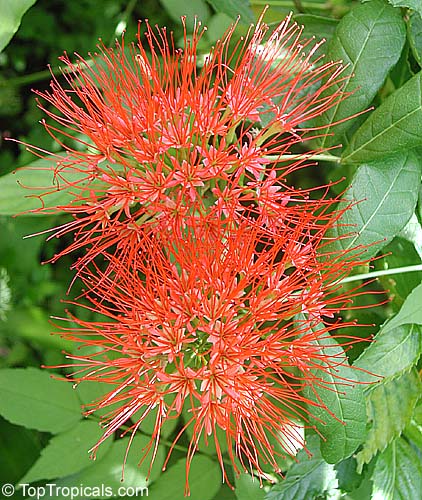
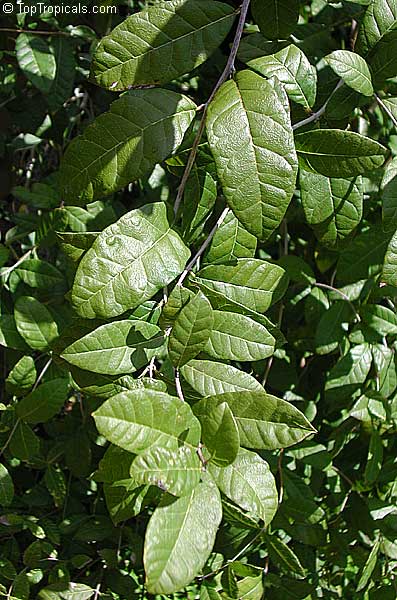
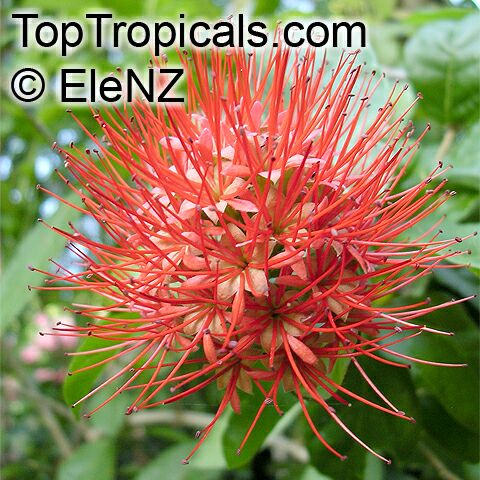
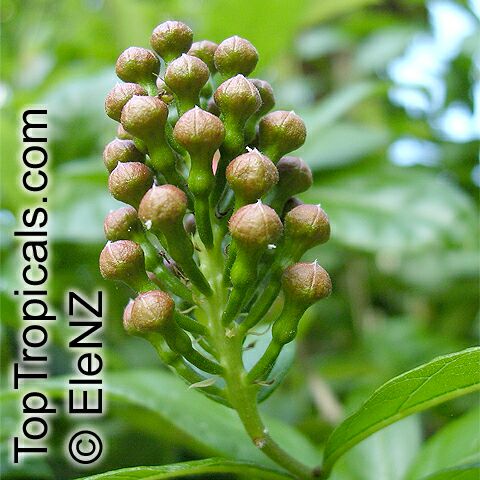
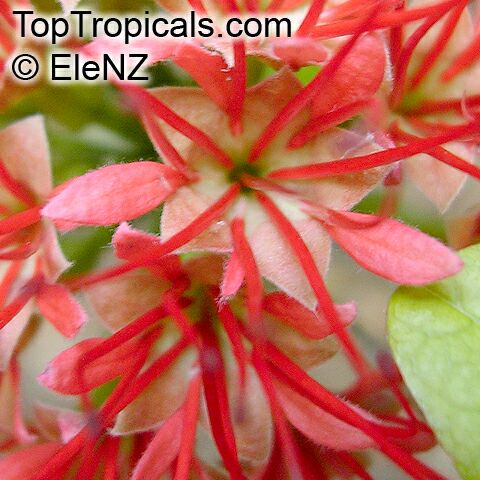
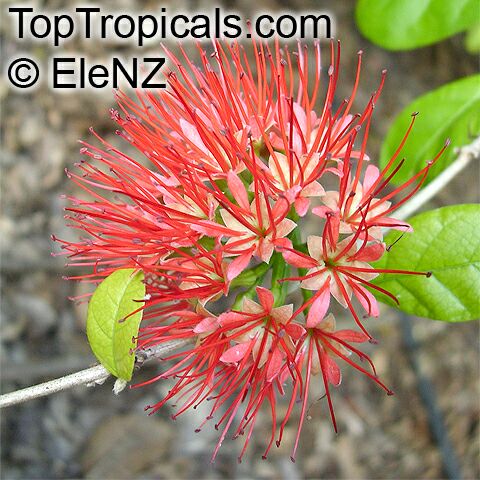
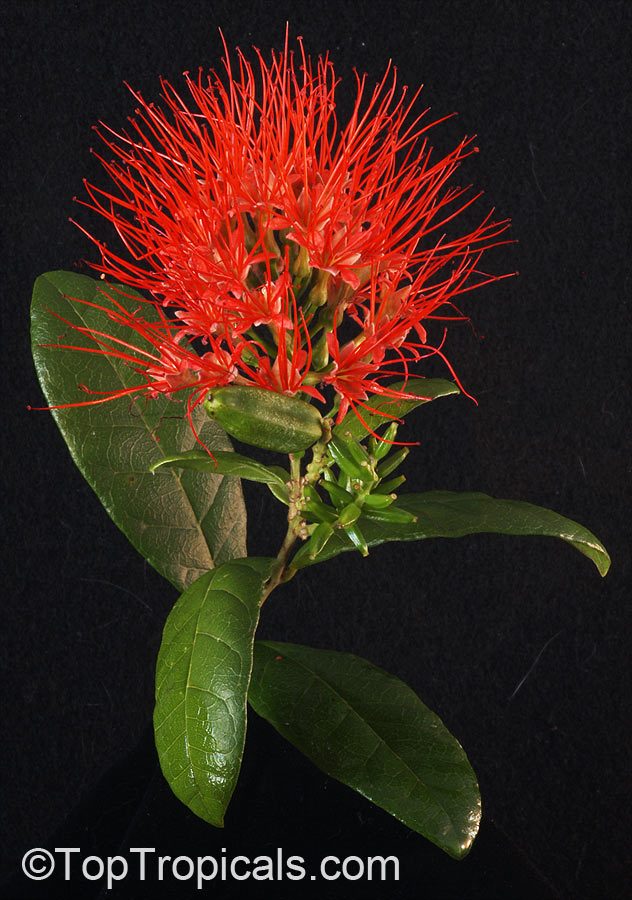
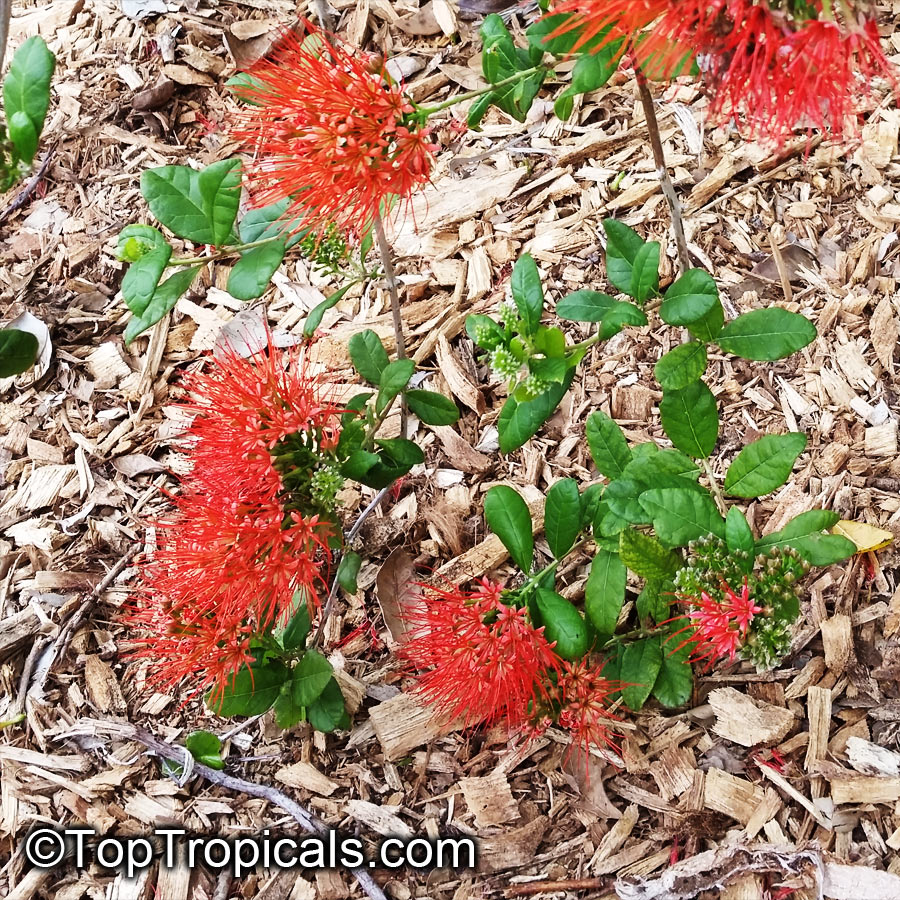

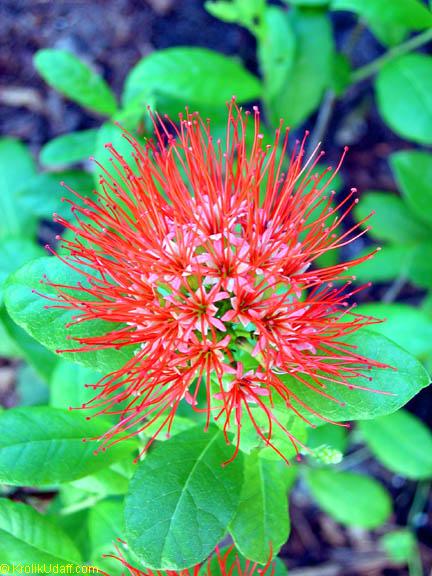
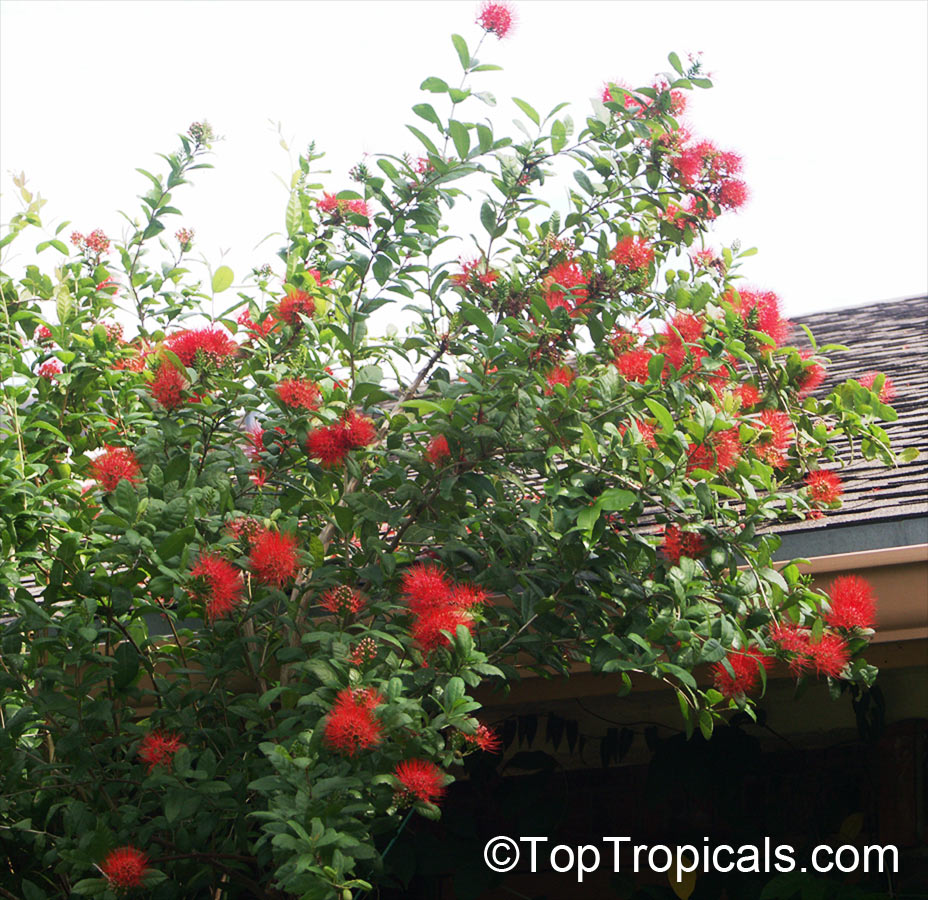
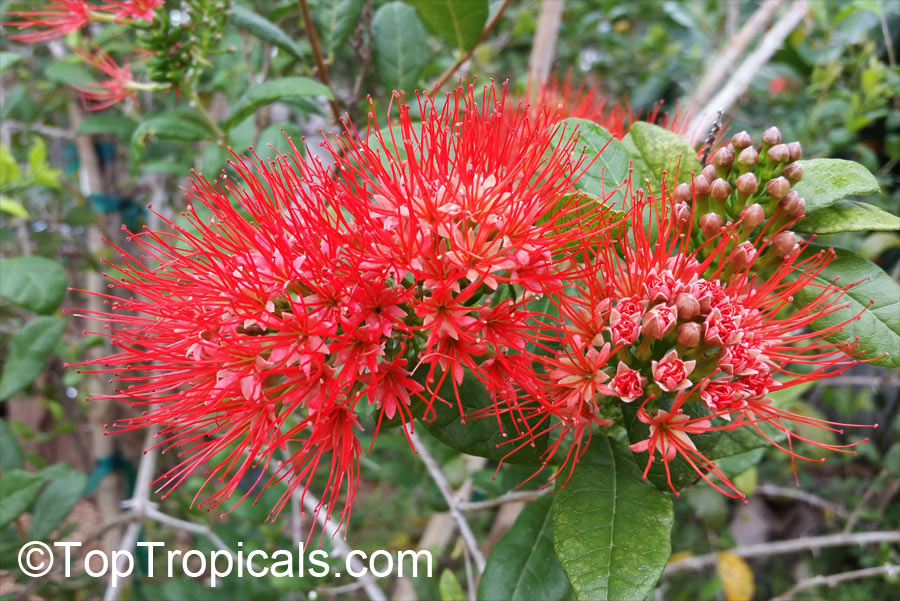
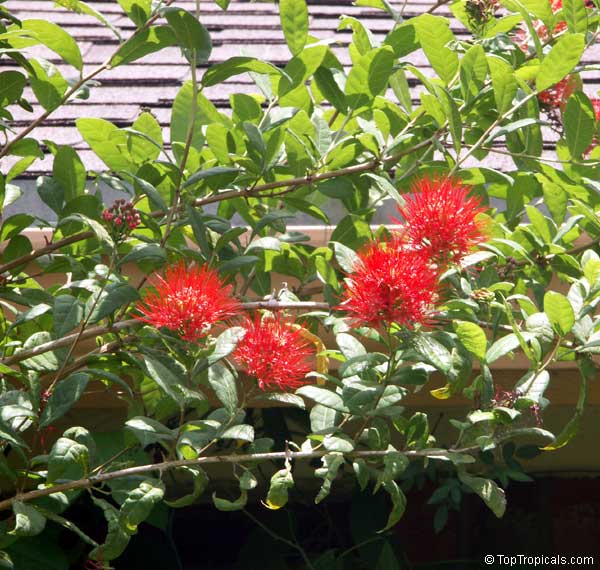
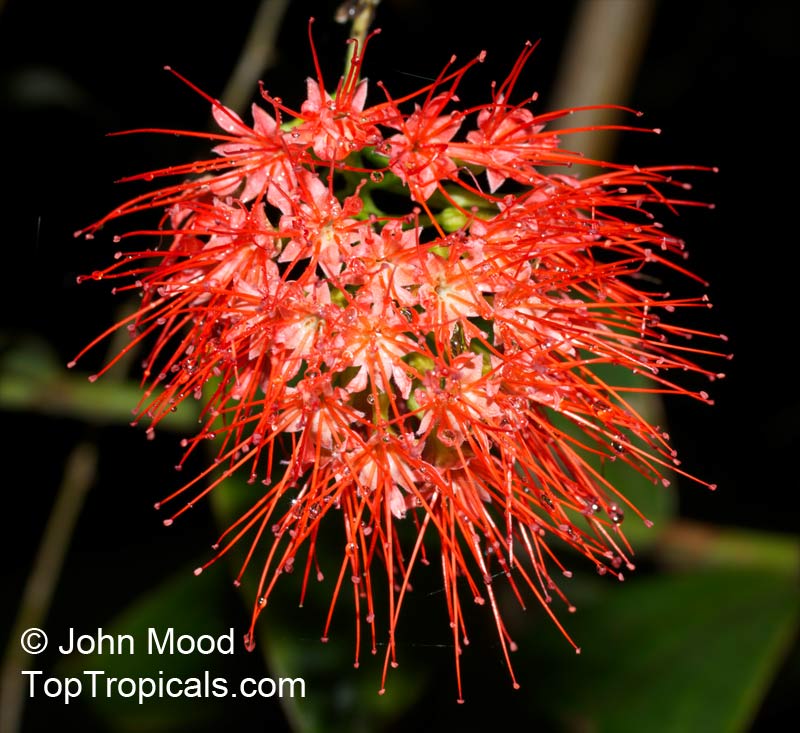
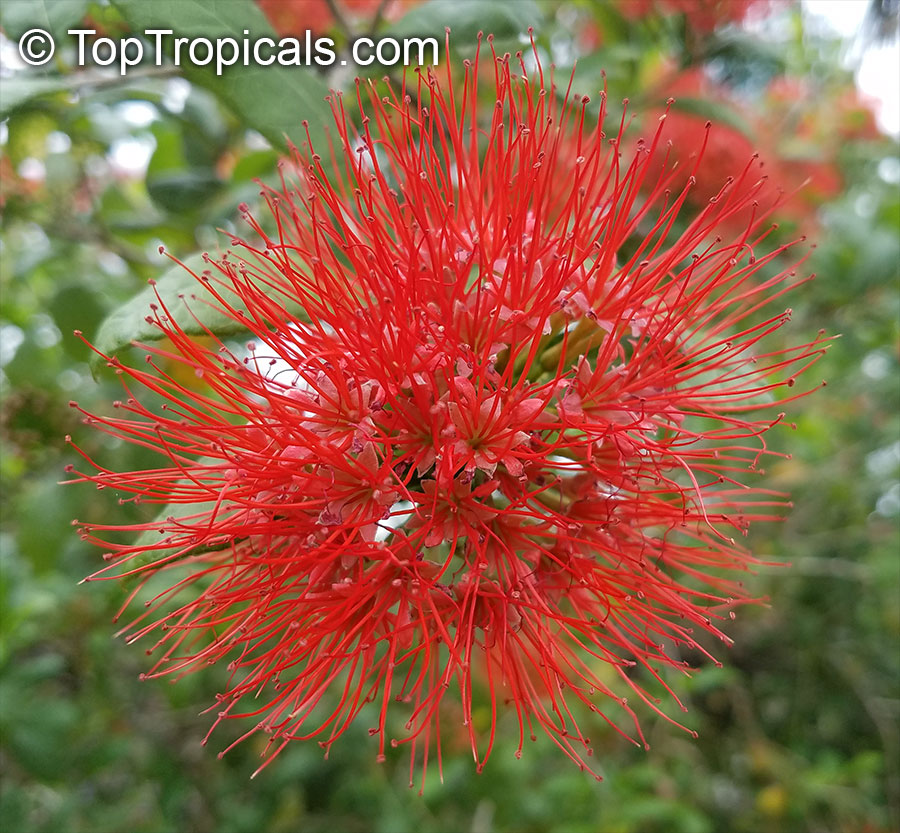
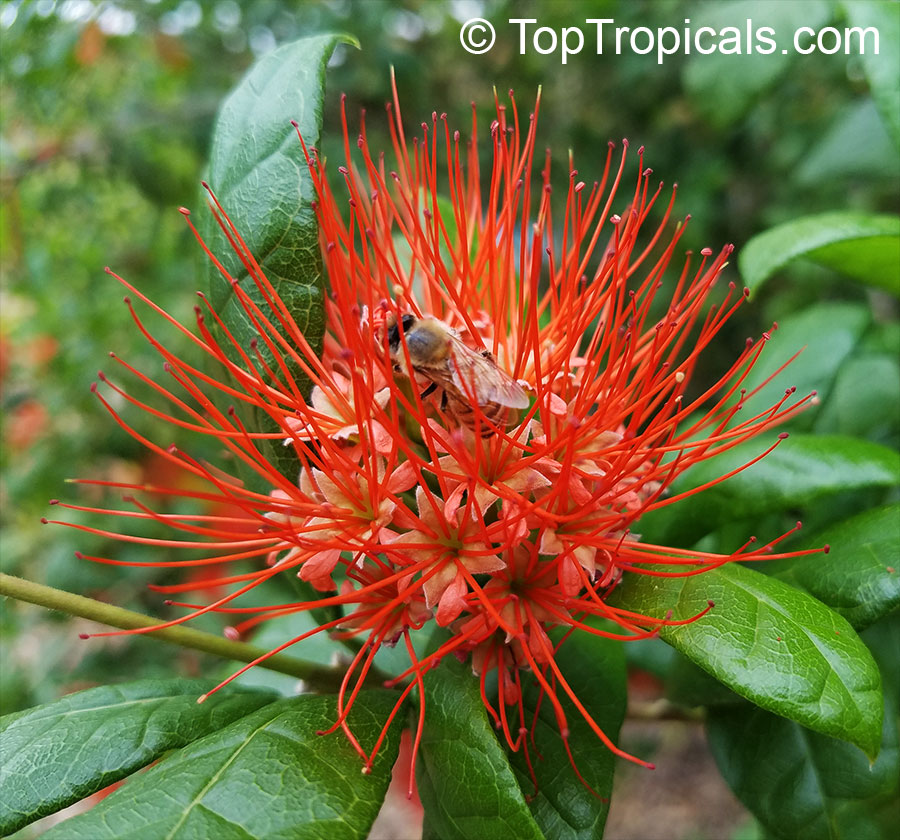
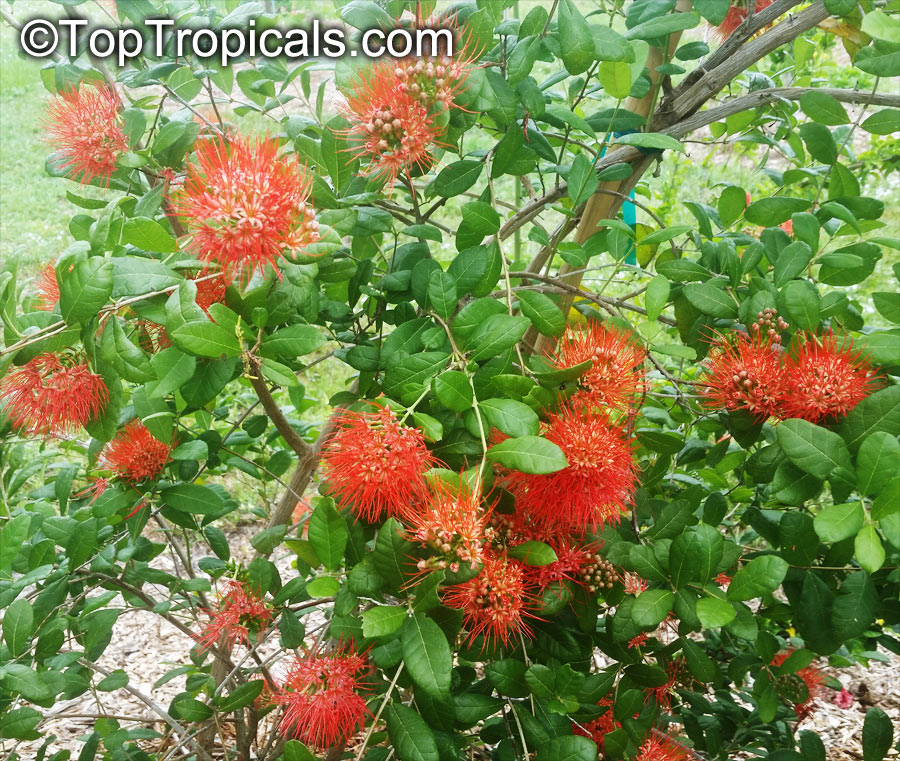
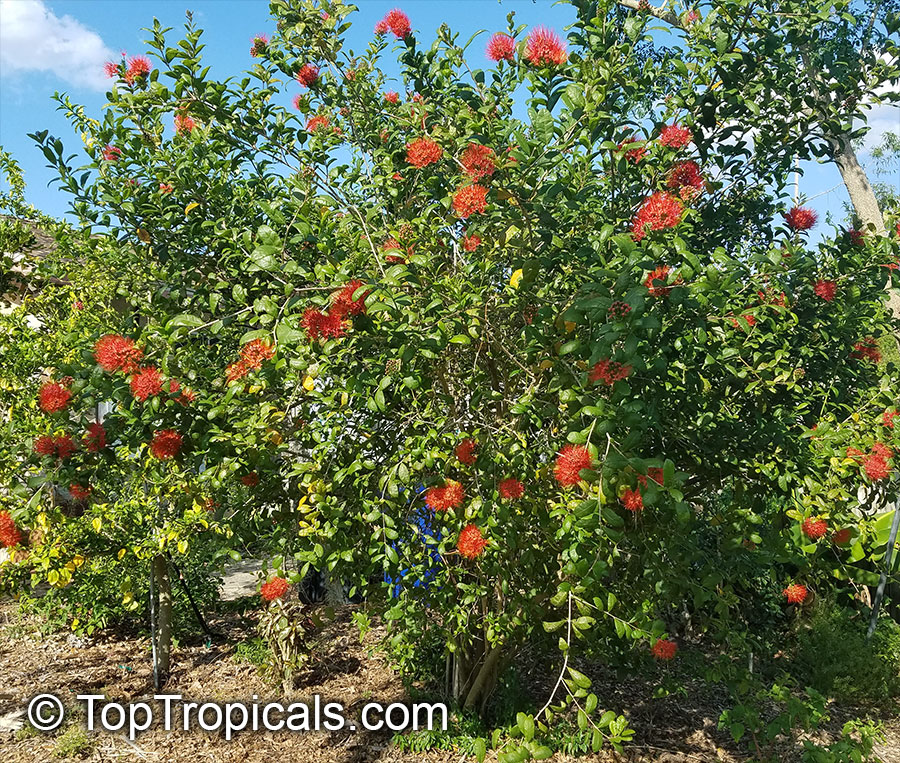
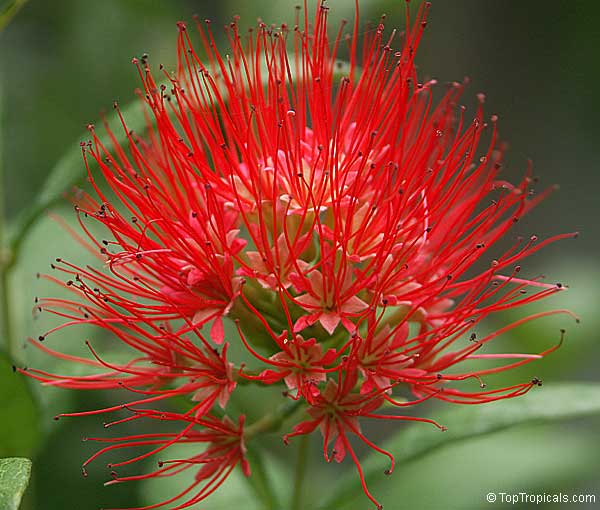
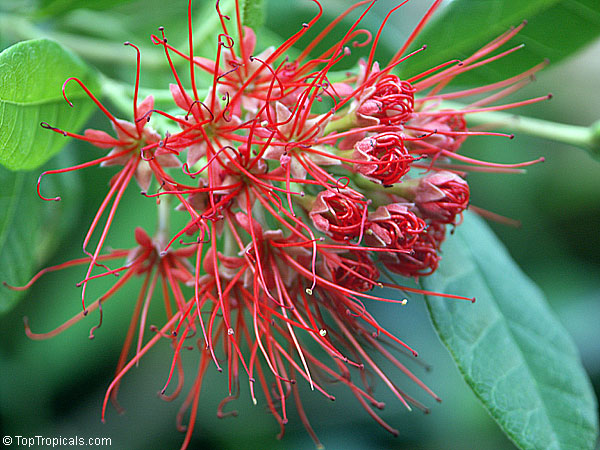
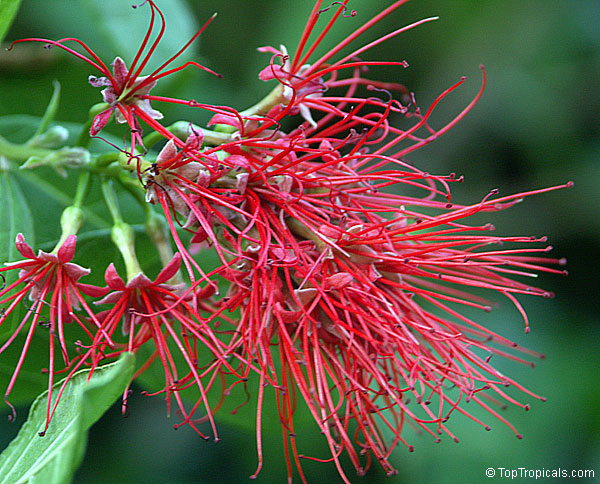
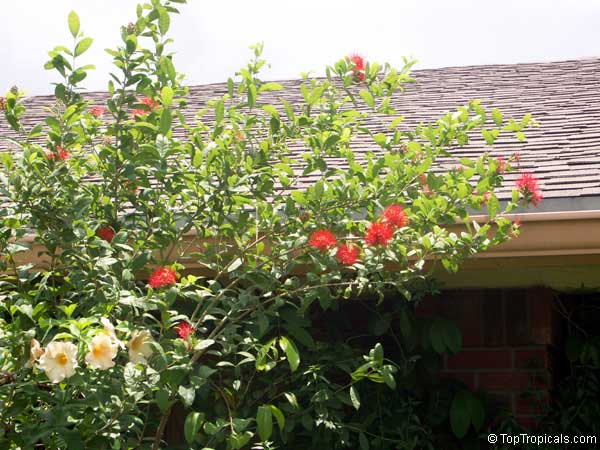
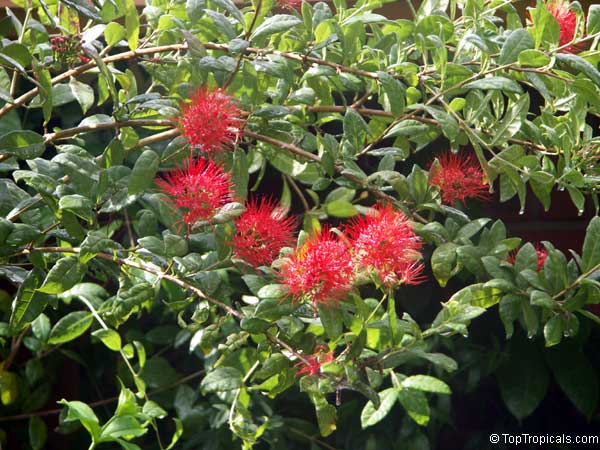
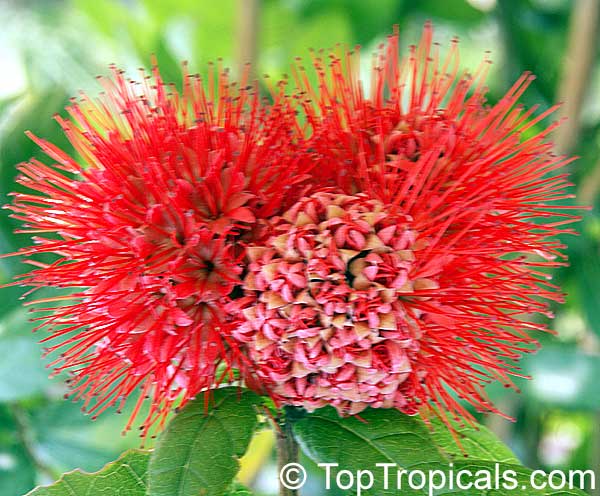
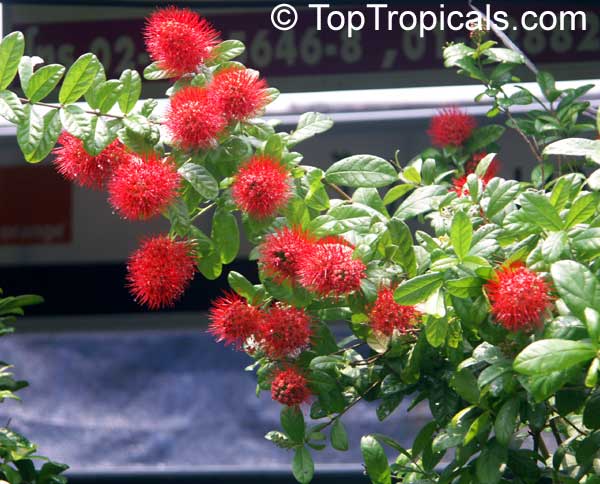
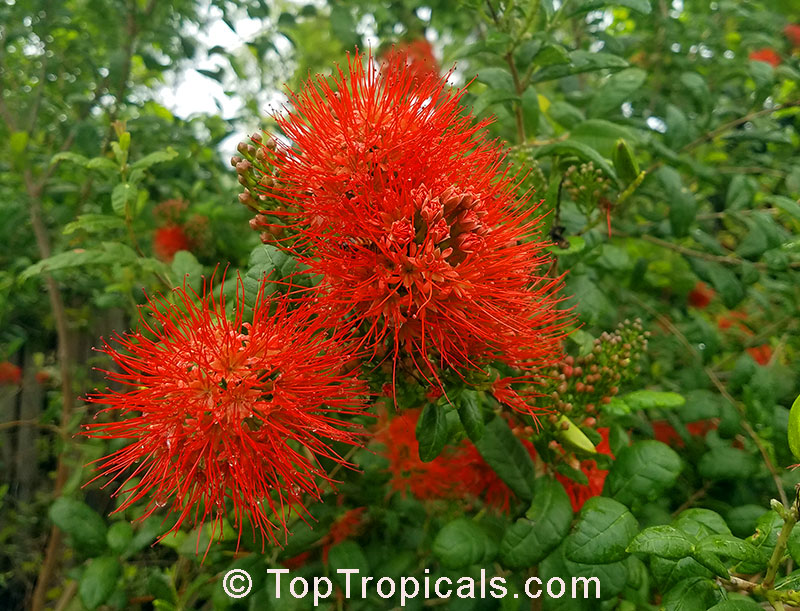

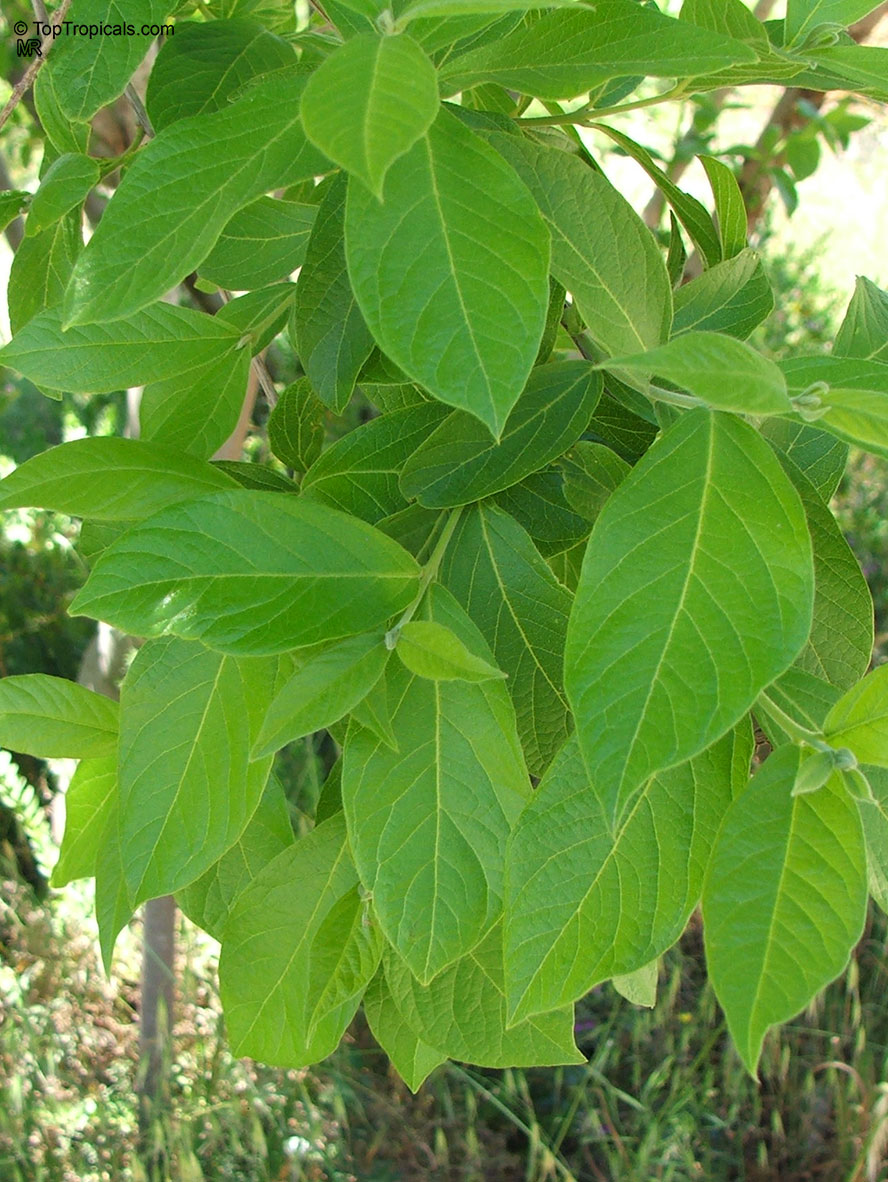
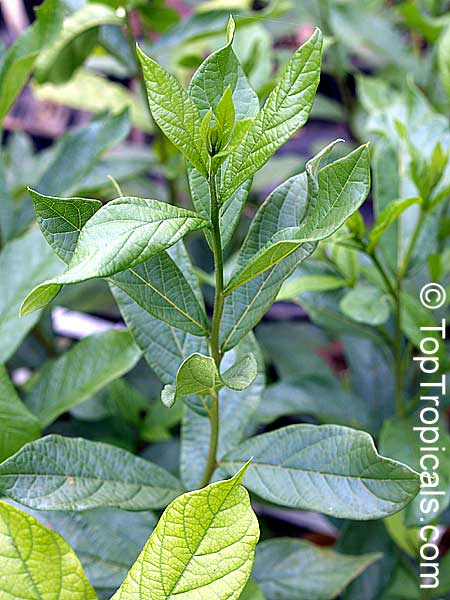
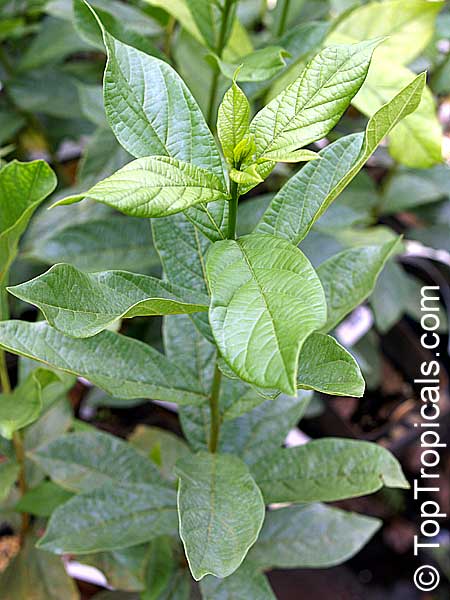
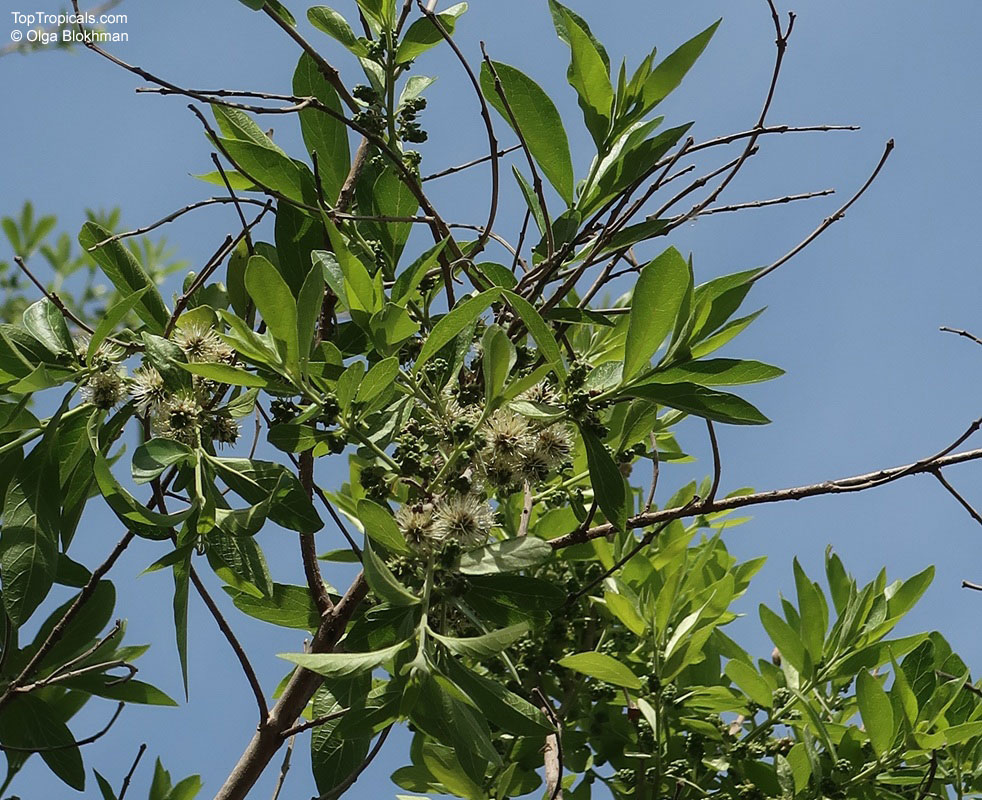
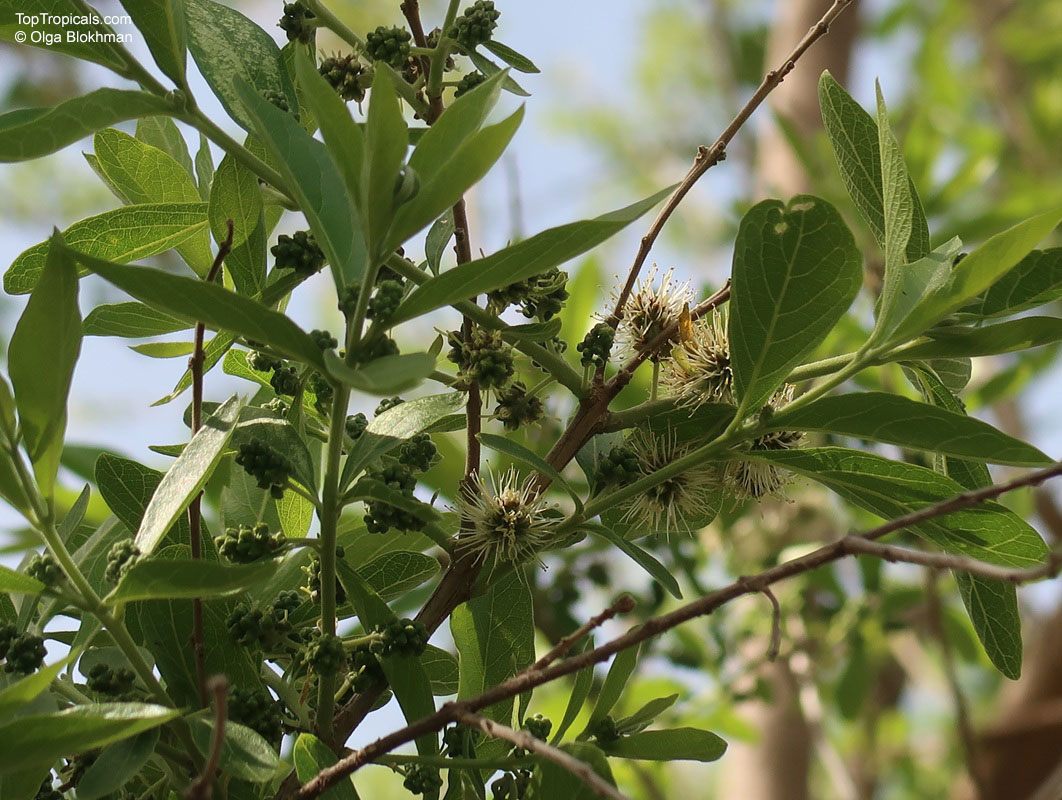
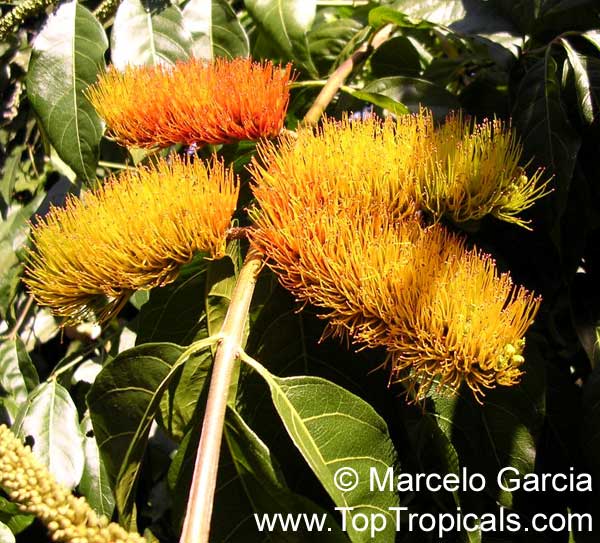
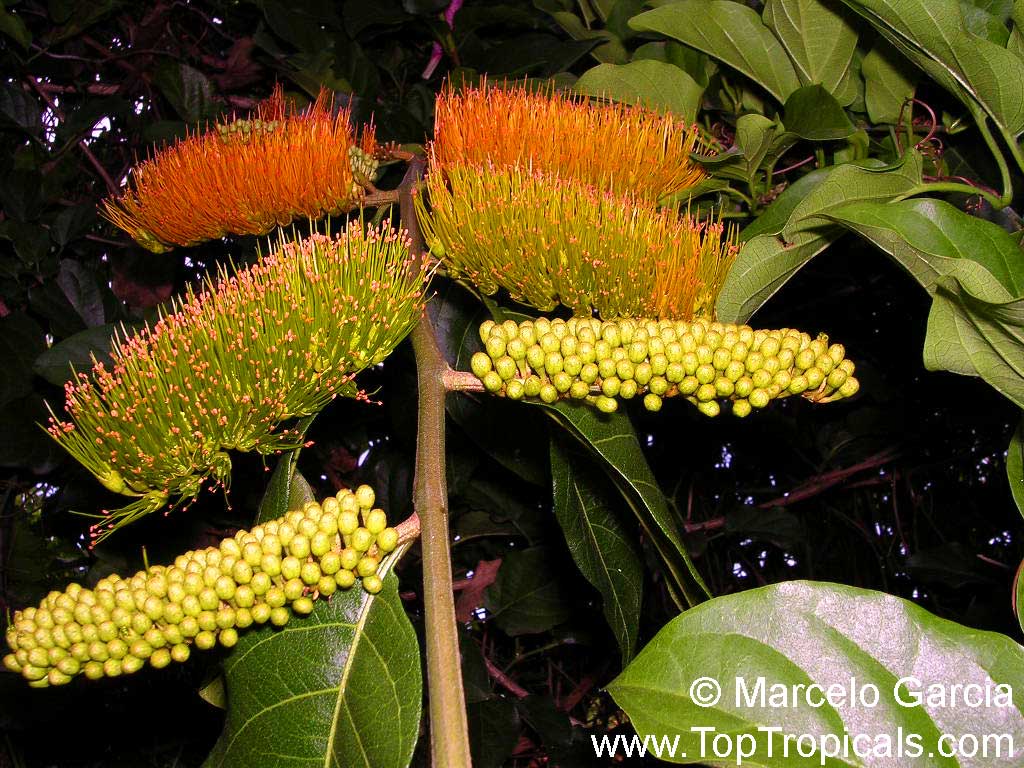
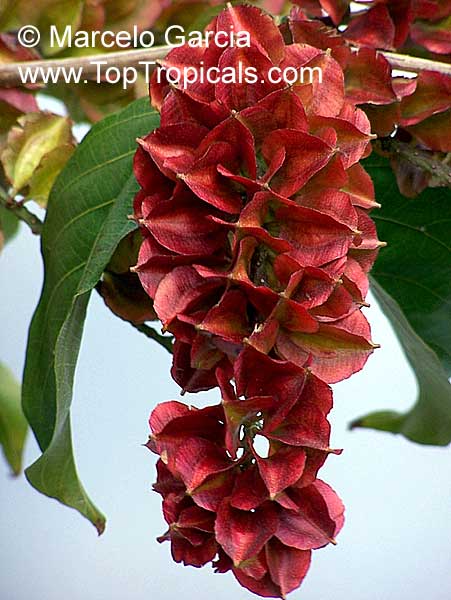
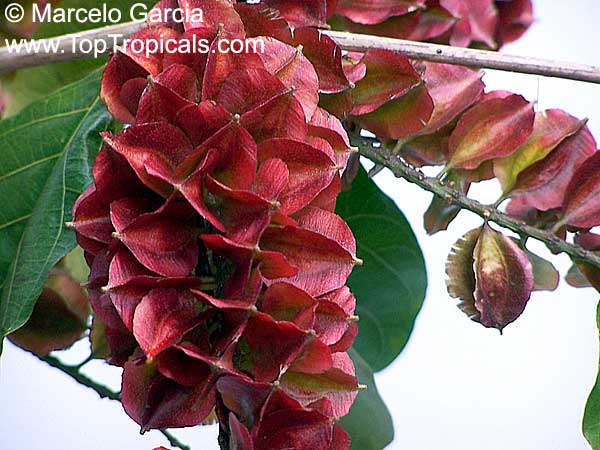
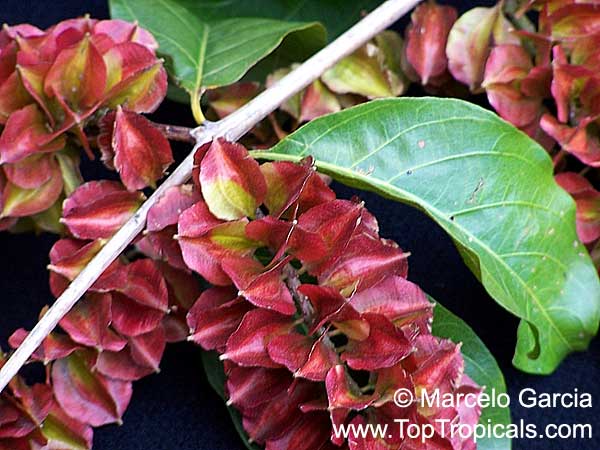
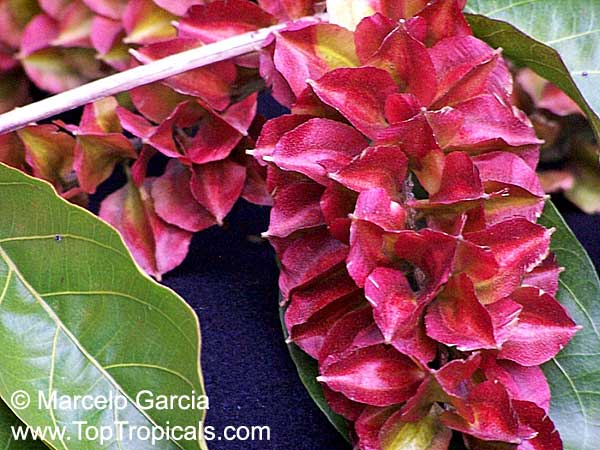
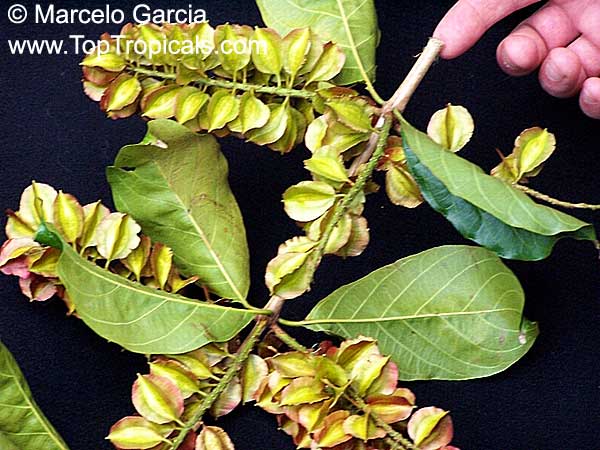
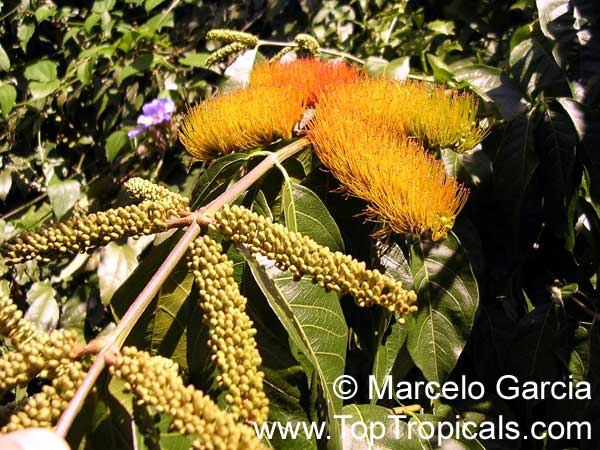
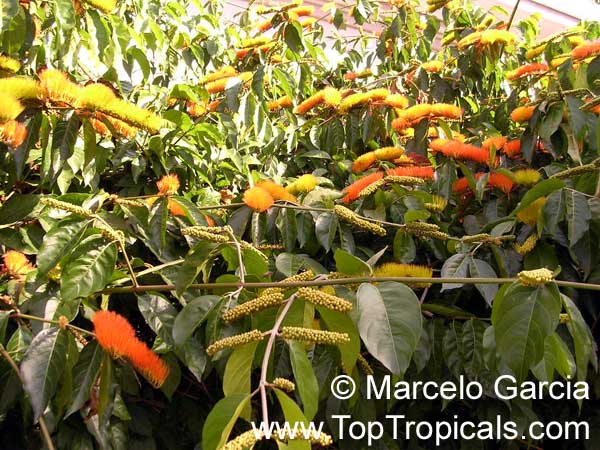

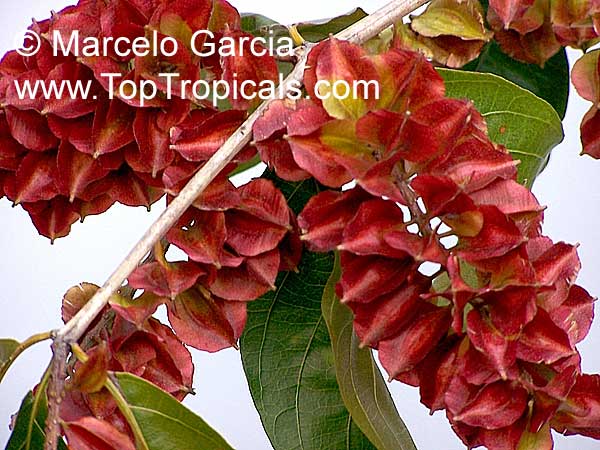
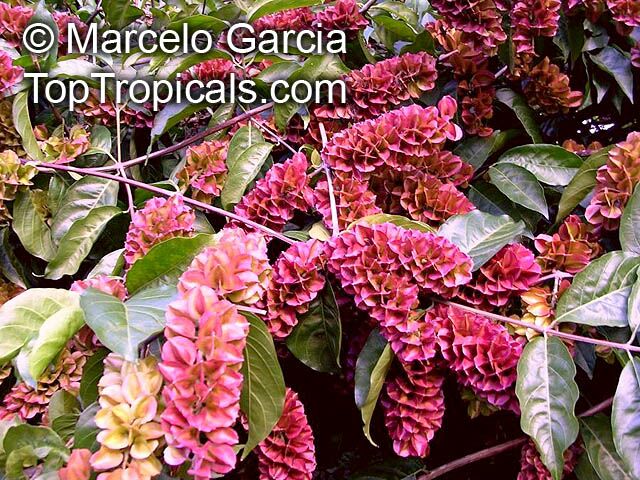
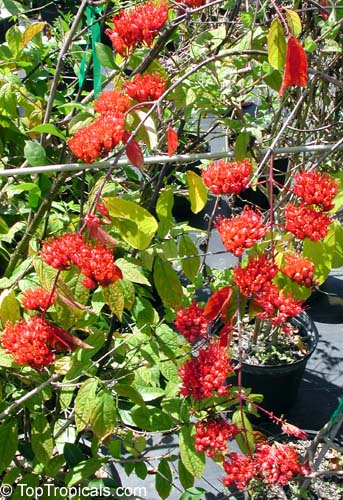
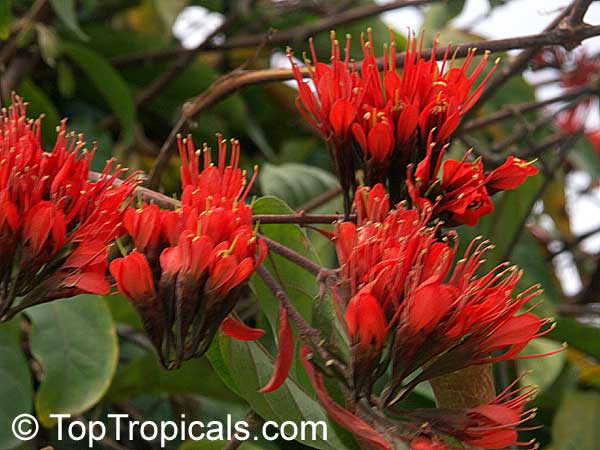
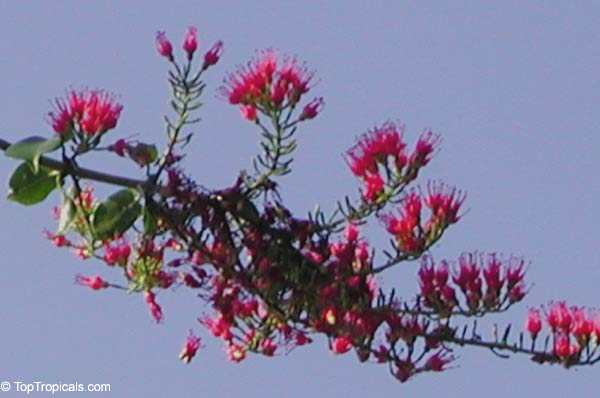
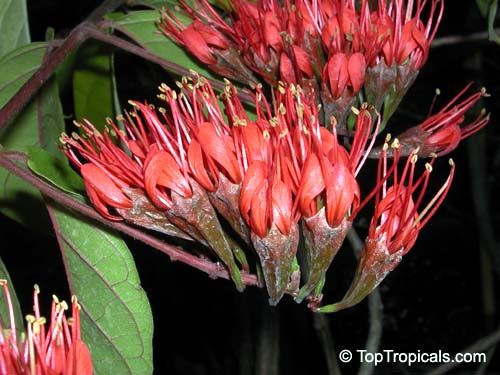

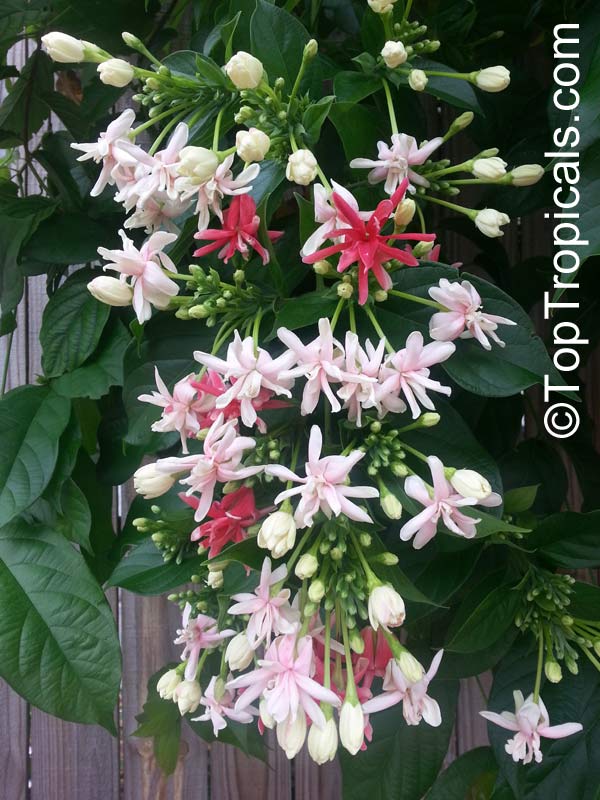
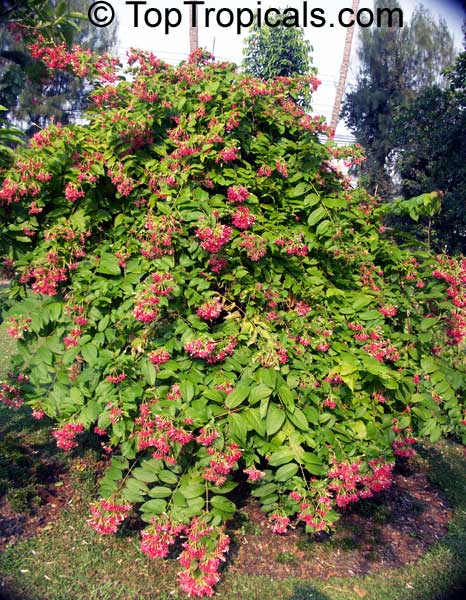
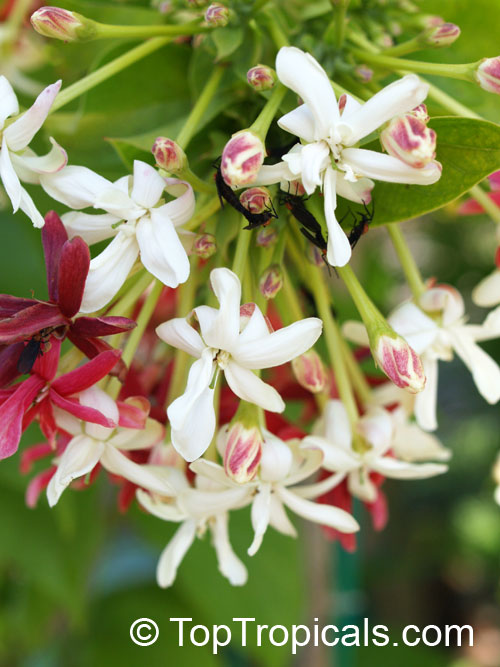
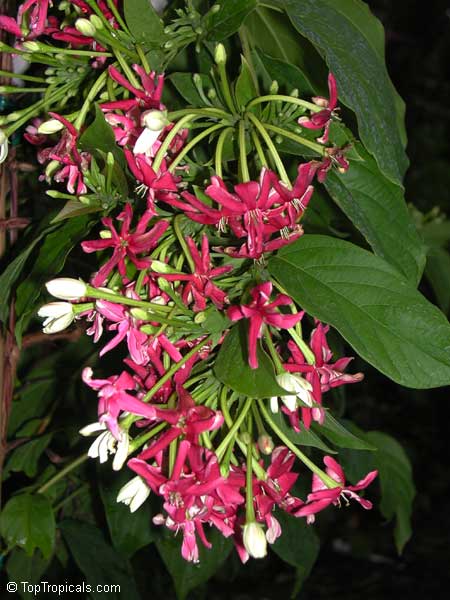
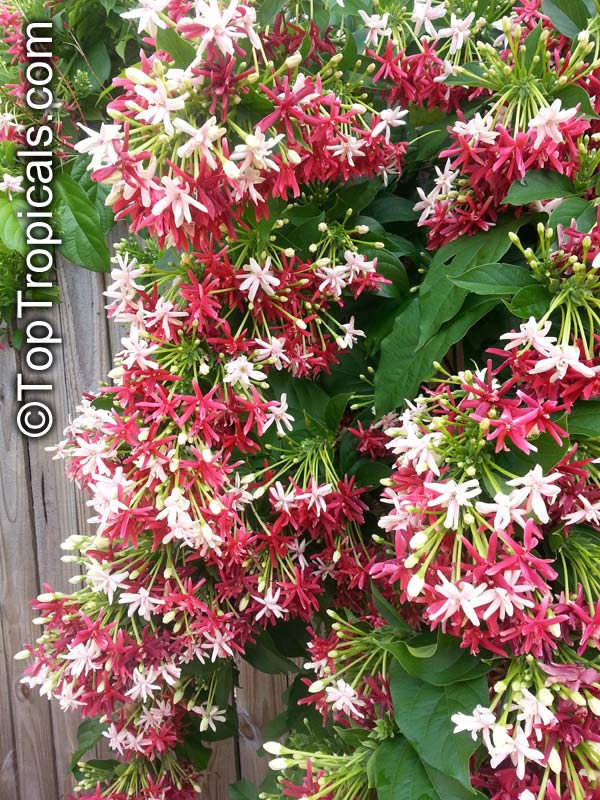
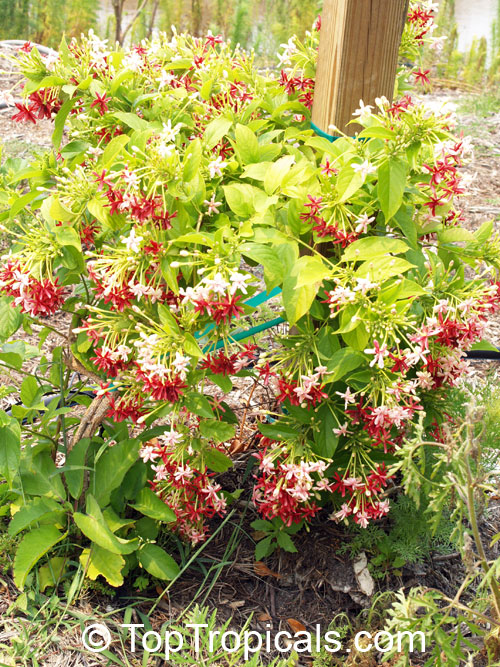
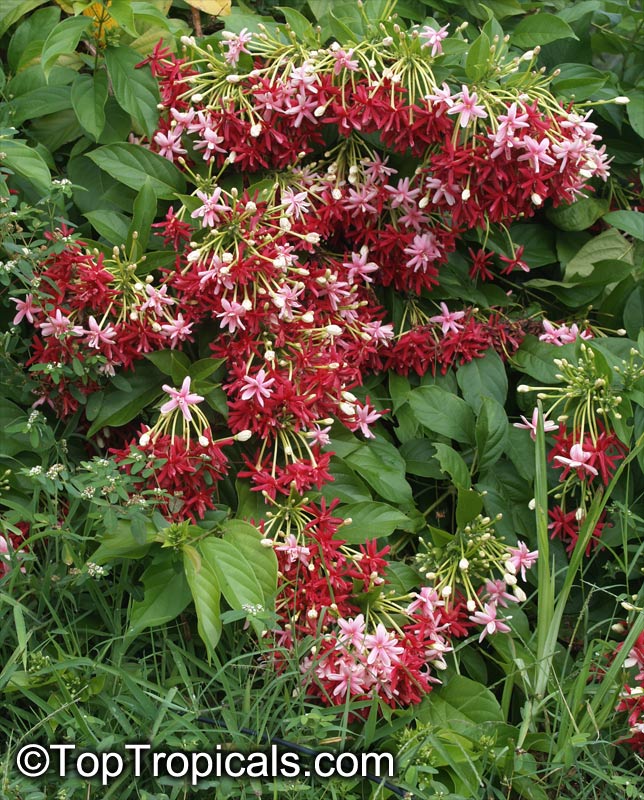
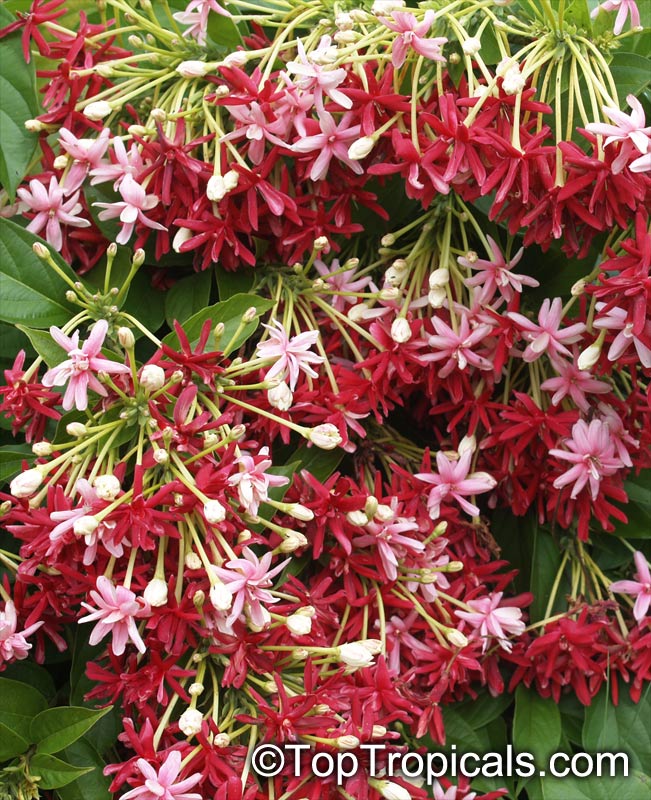
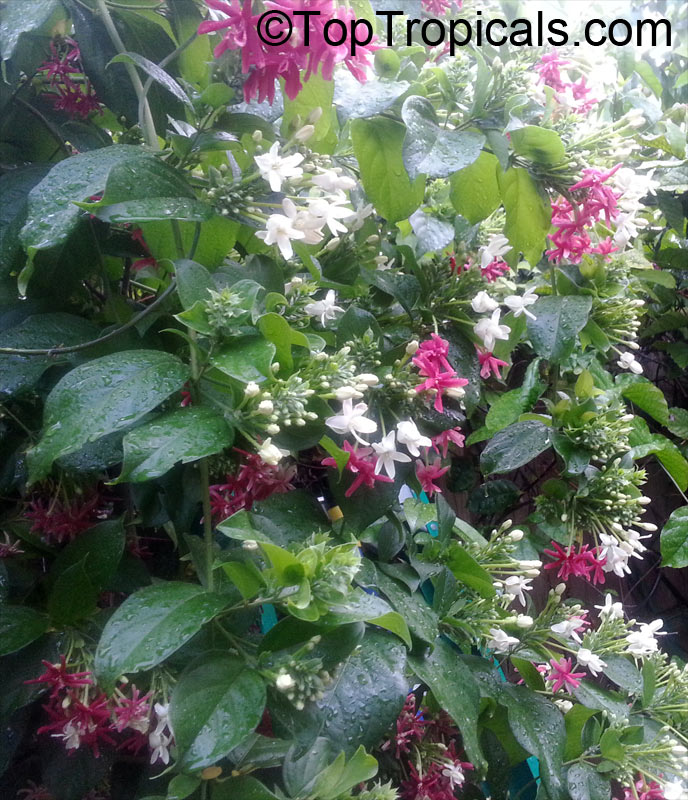
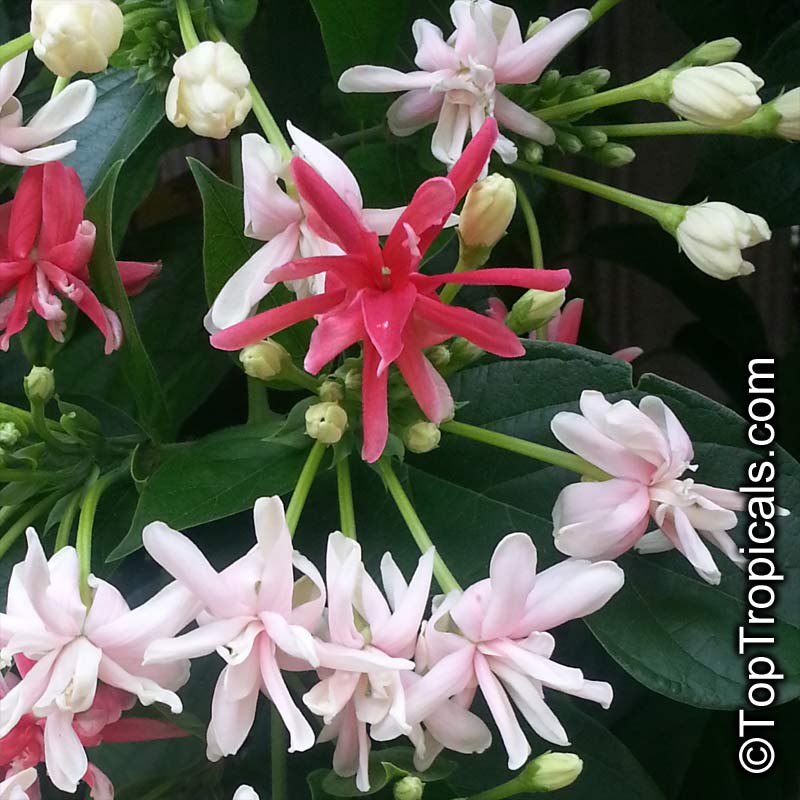
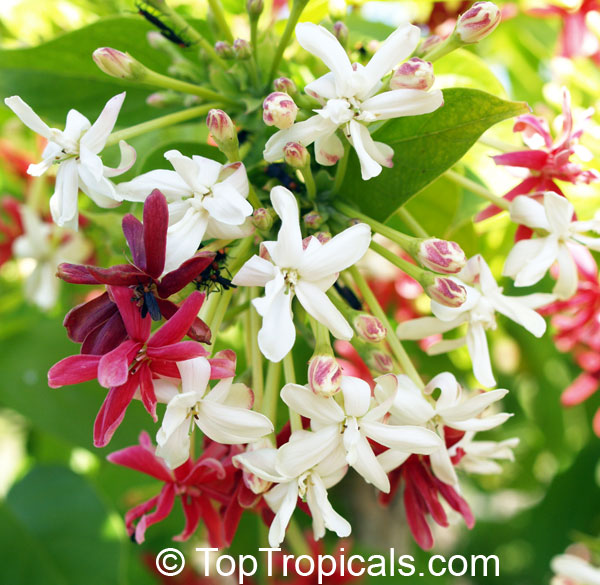
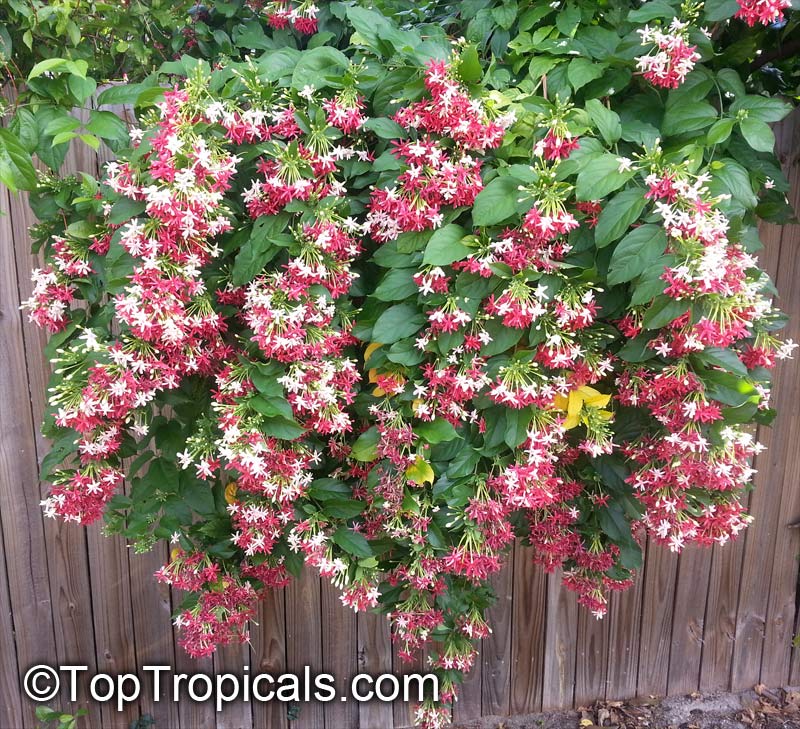
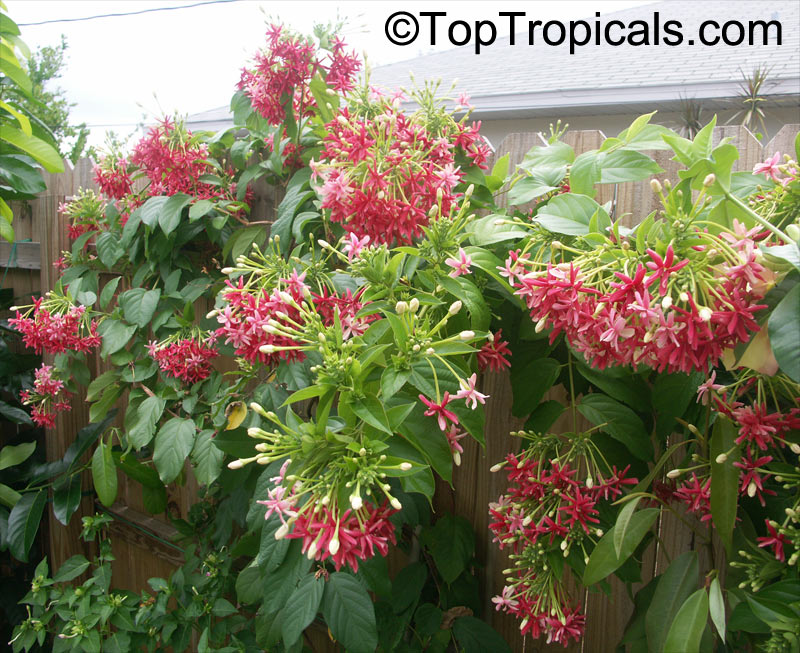
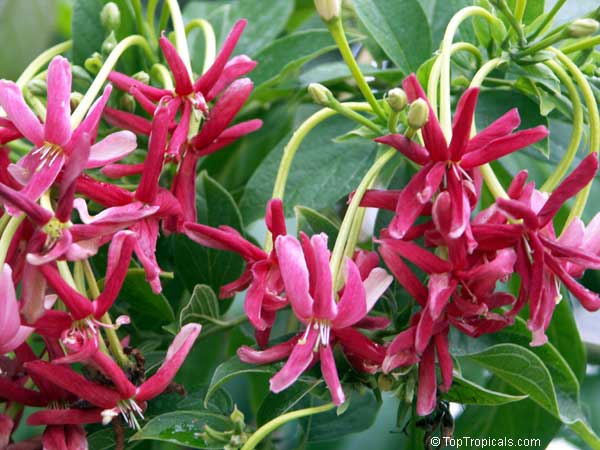
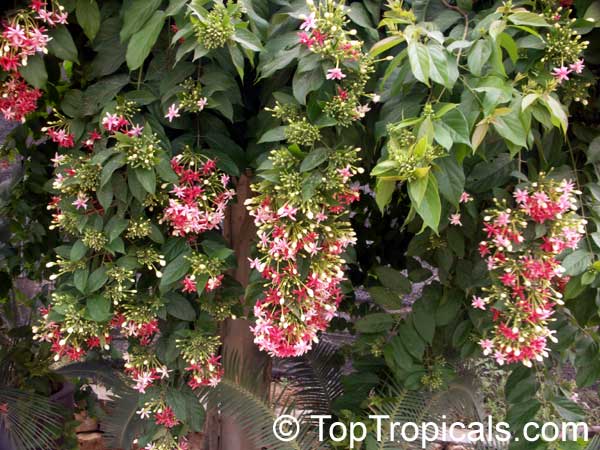
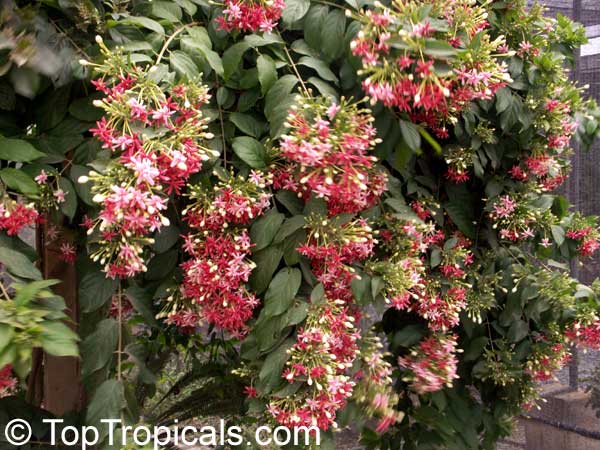
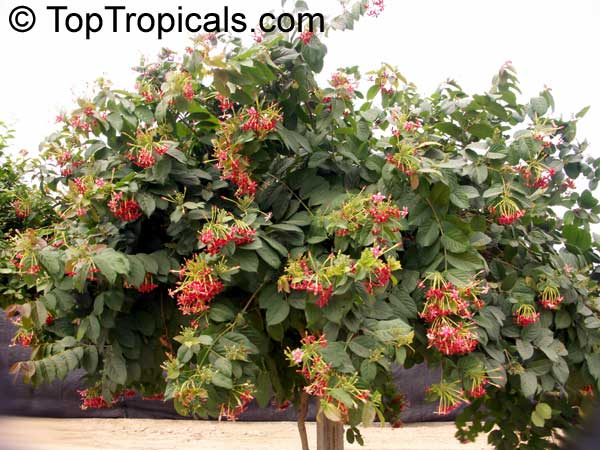
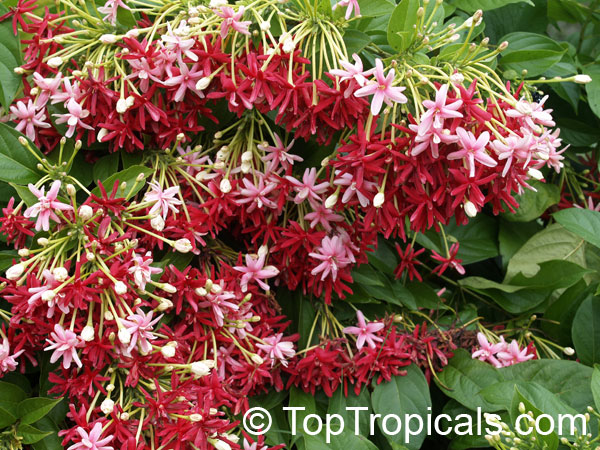
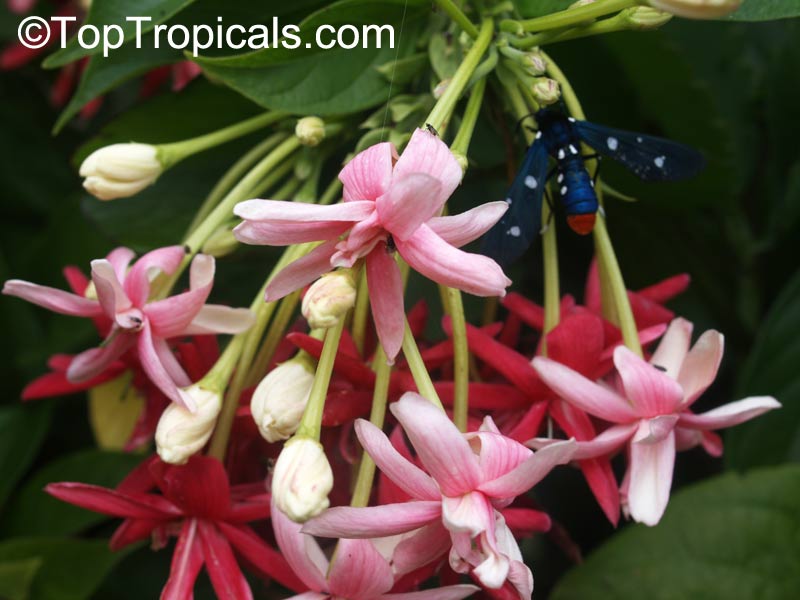
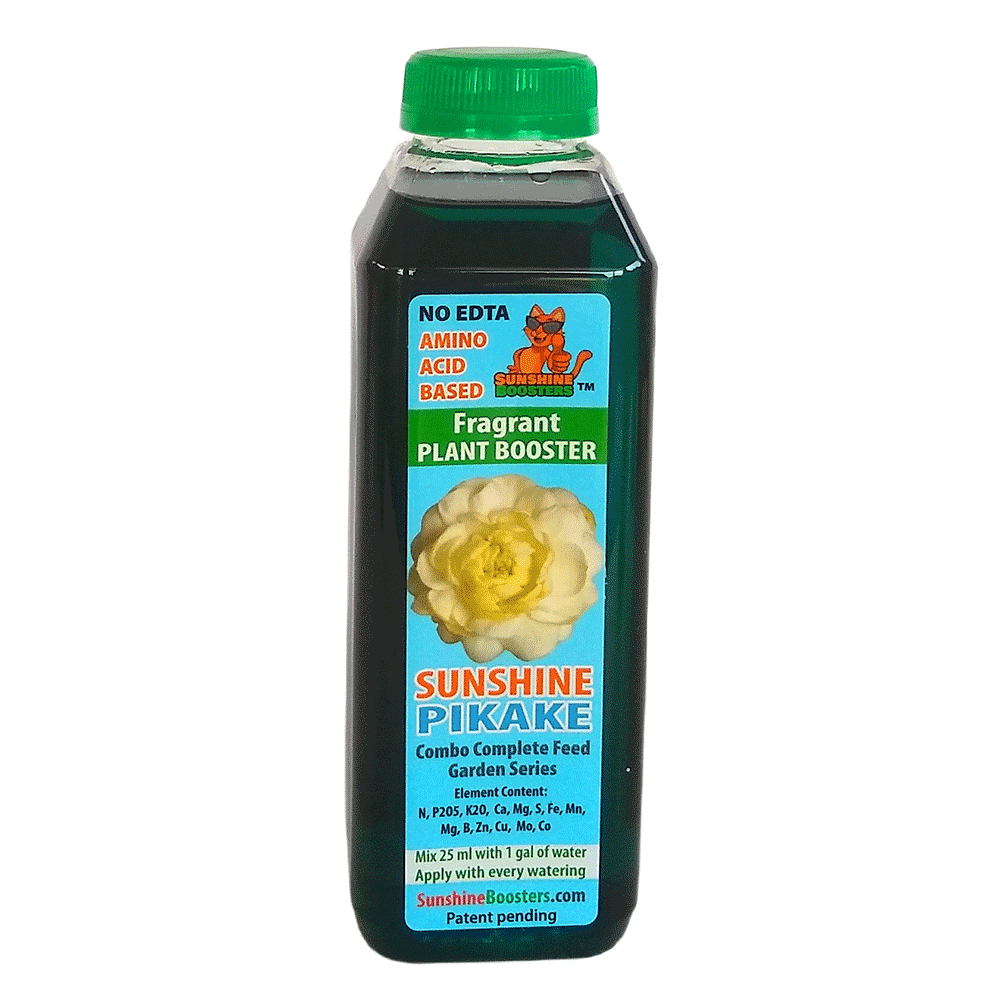 SUNSHINE Pikake (NPK 2-2-4) - eco-friendly concentrated nutrition booster for fragrant flowers. Improves quantity and quality of flowers. Encourages profuse blooming. Increases flower fragrance intensity. Can be used with every watering. For best results, use in combination with
SUNSHINE Pikake (NPK 2-2-4) - eco-friendly concentrated nutrition booster for fragrant flowers. Improves quantity and quality of flowers. Encourages profuse blooming. Increases flower fragrance intensity. Can be used with every watering. For best results, use in combination with 